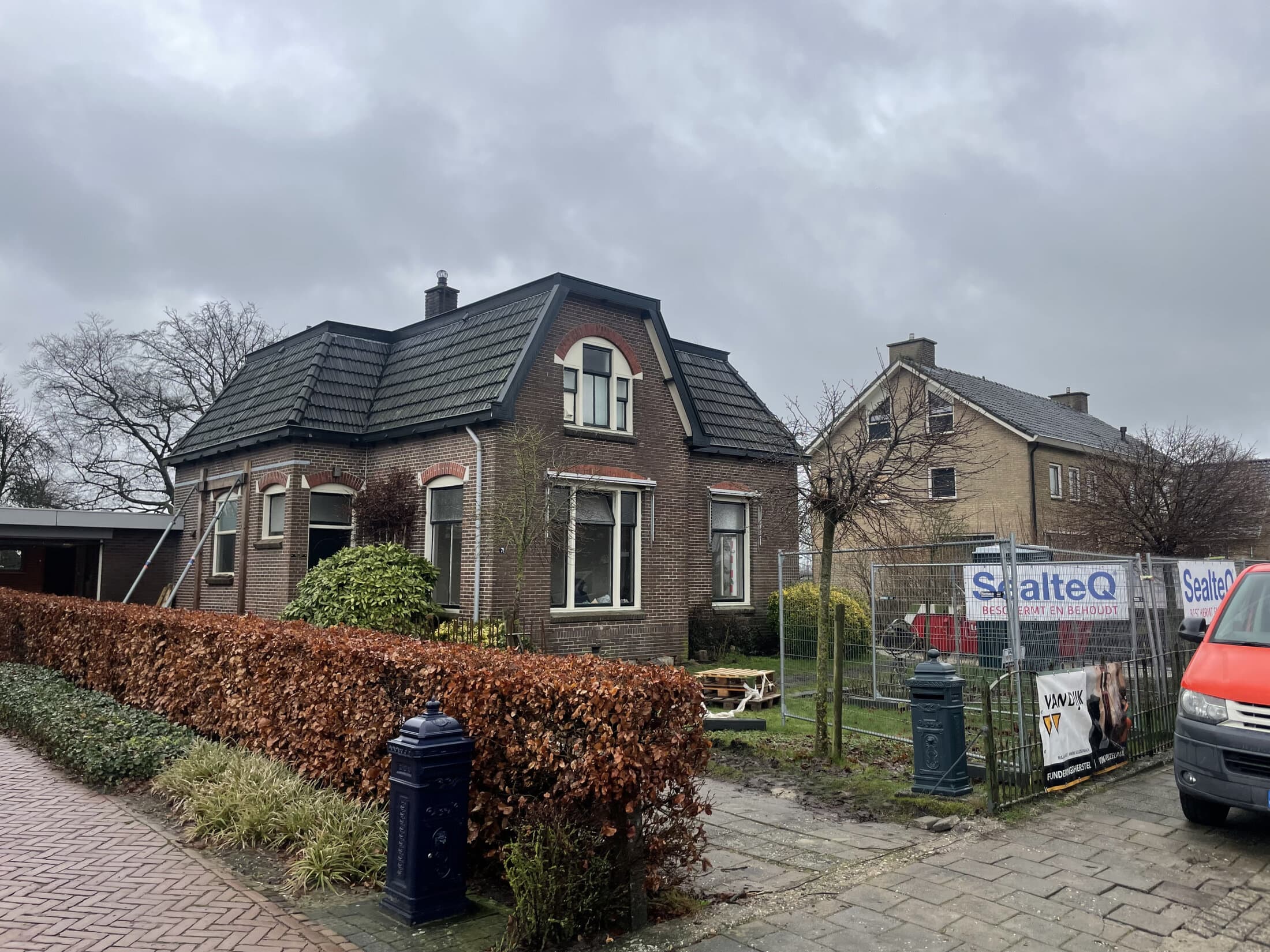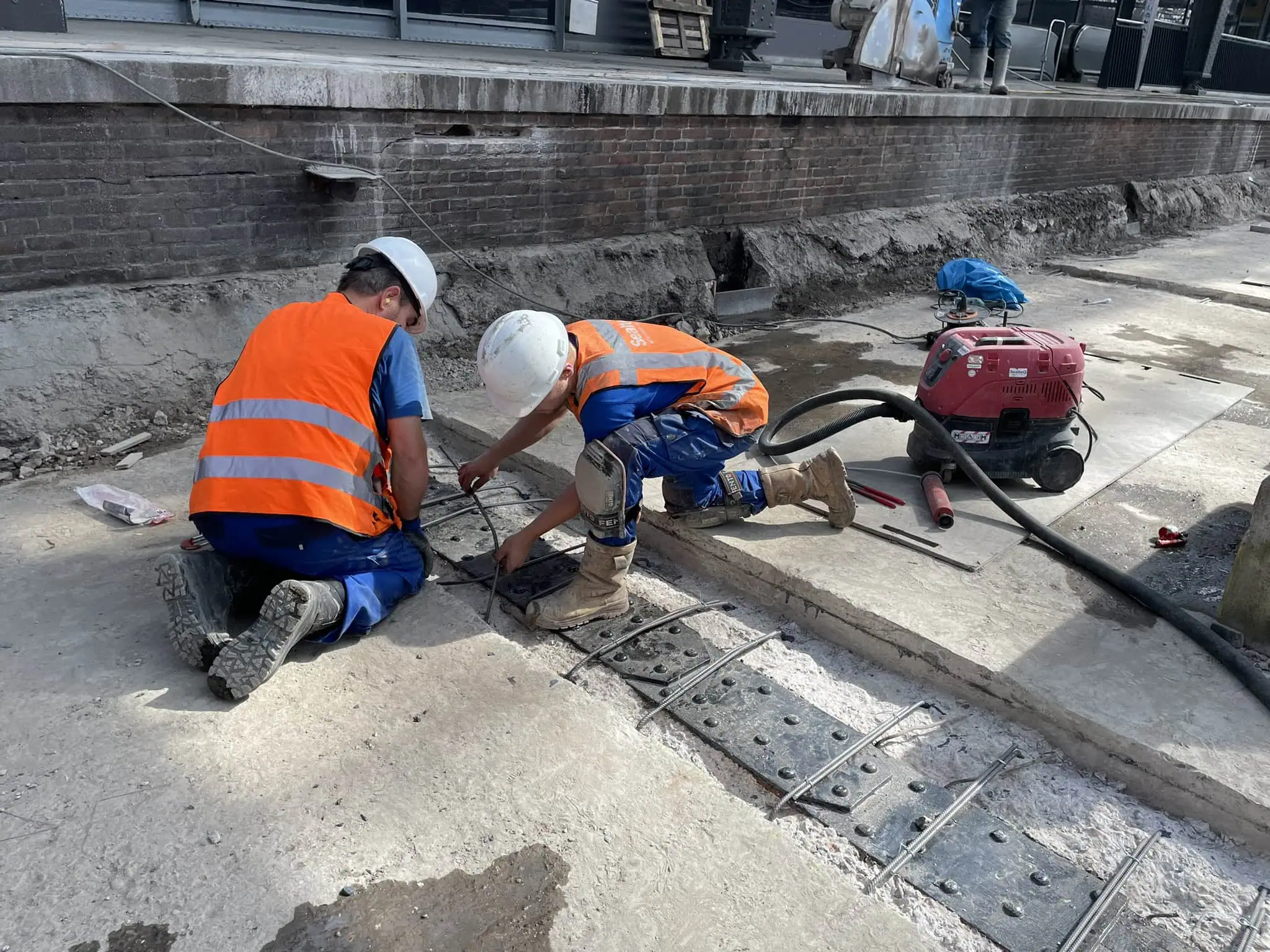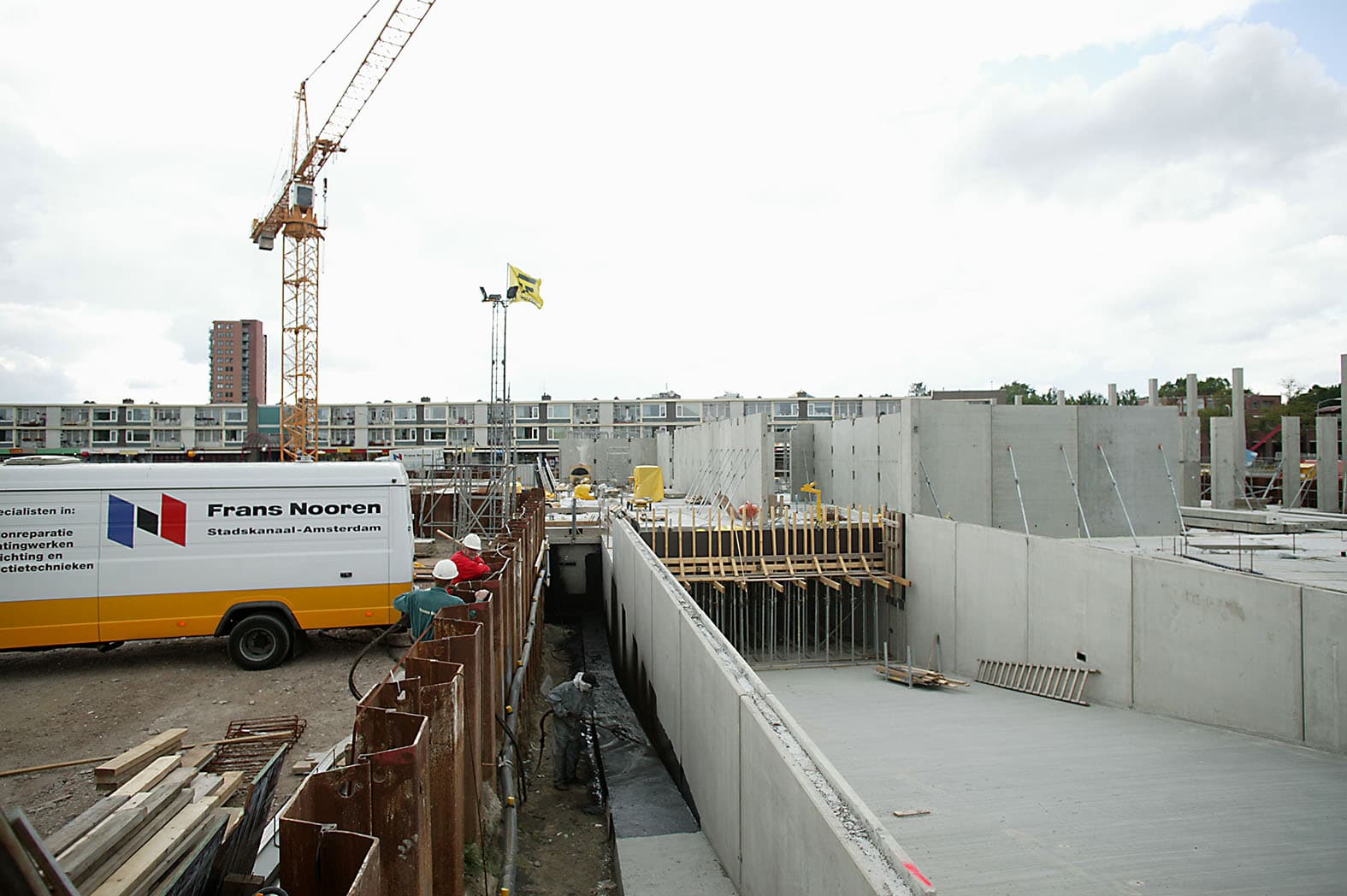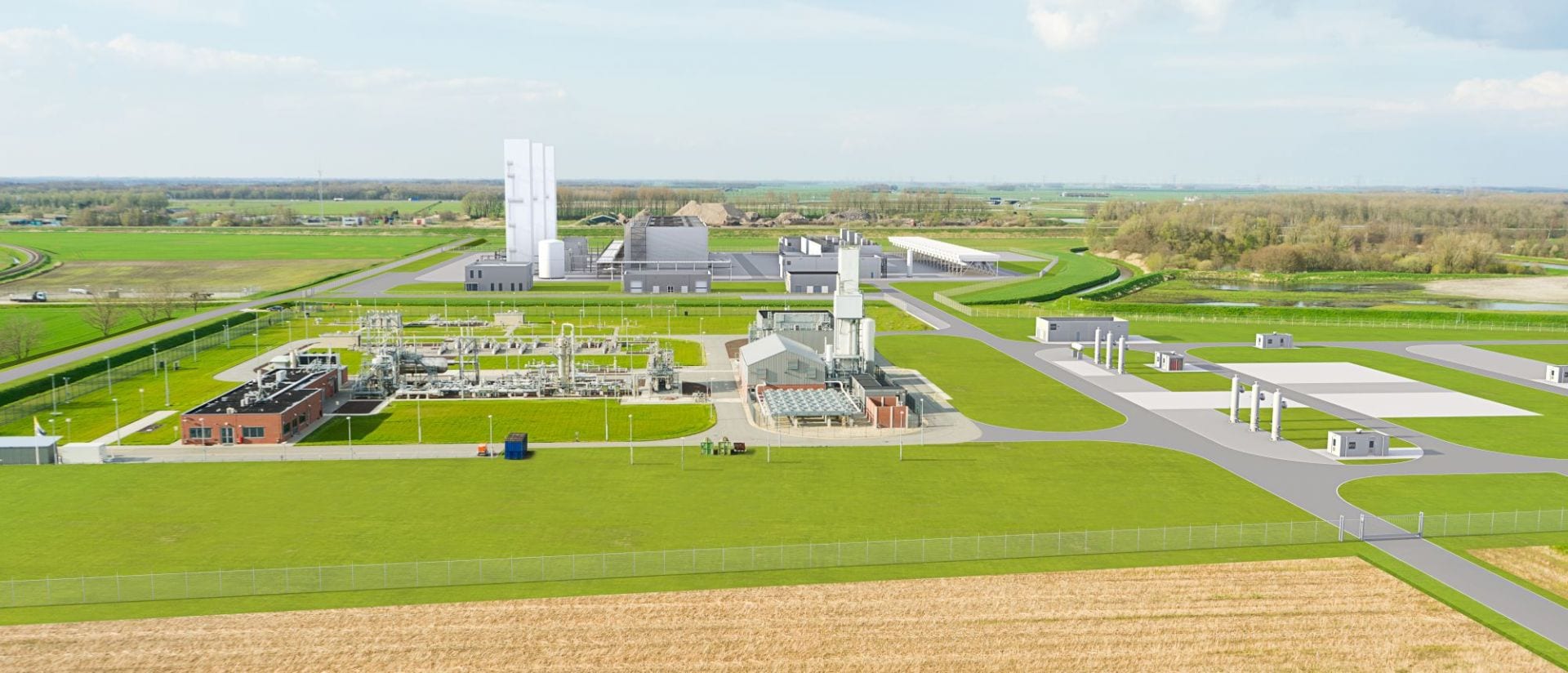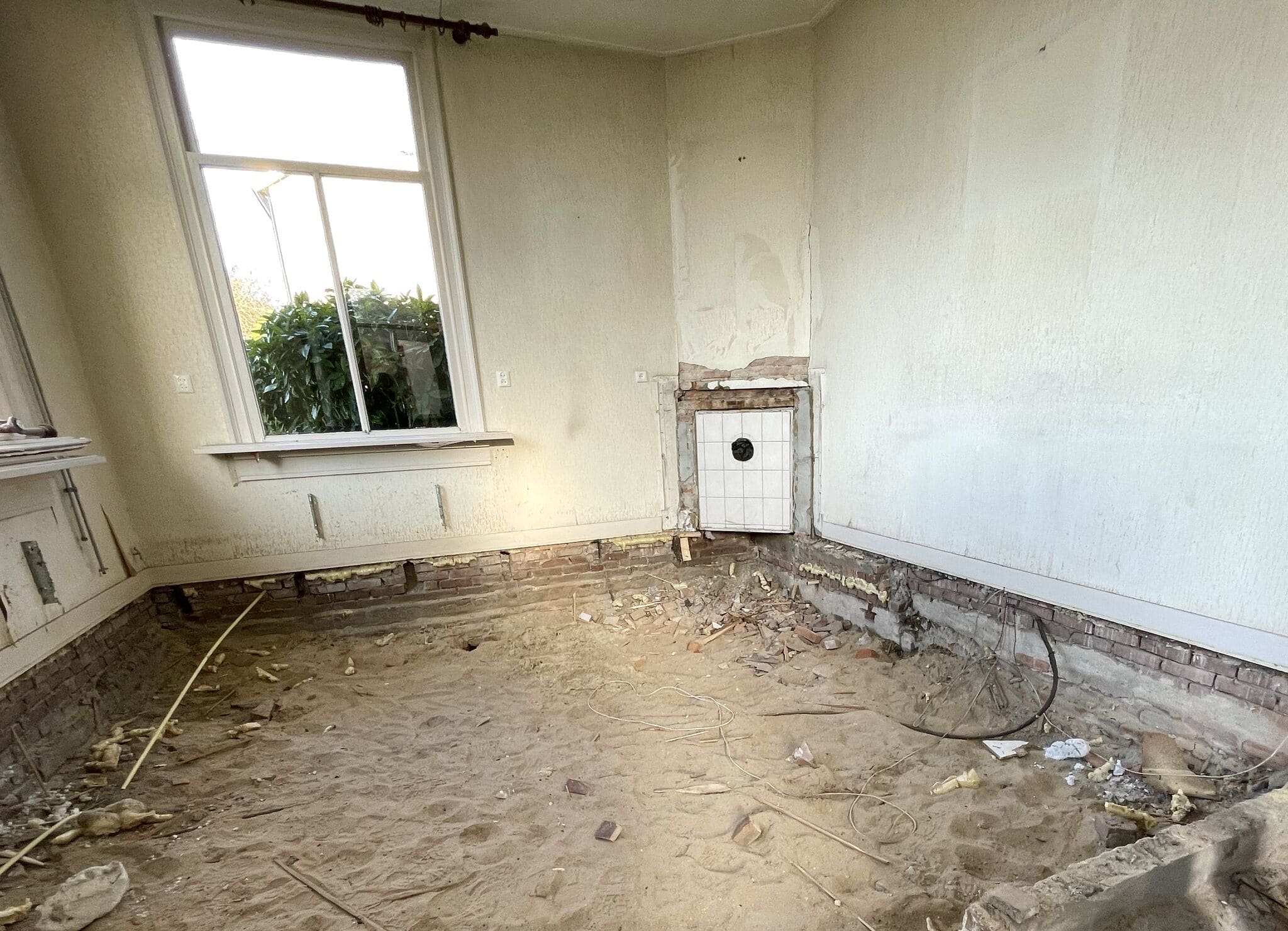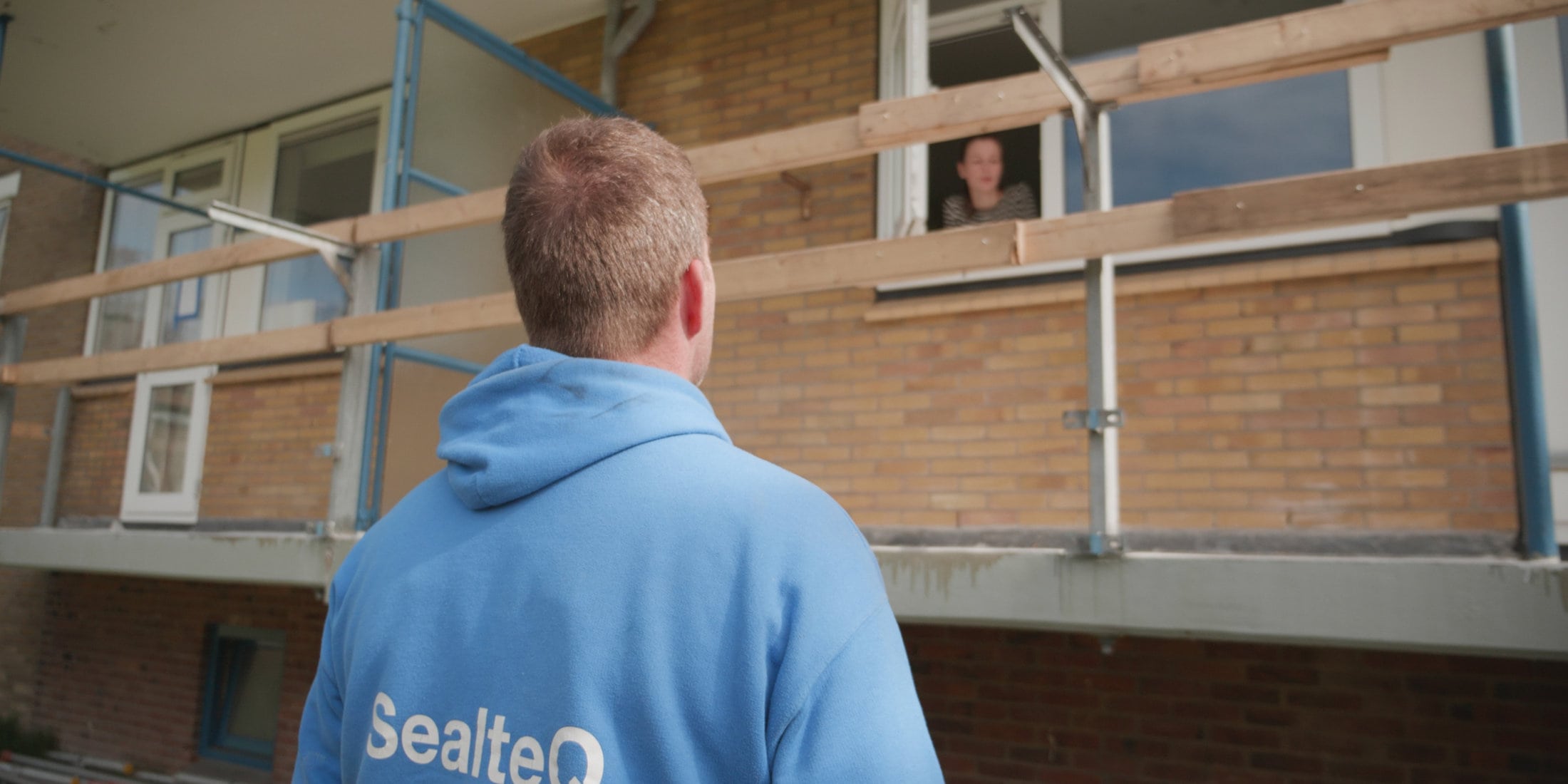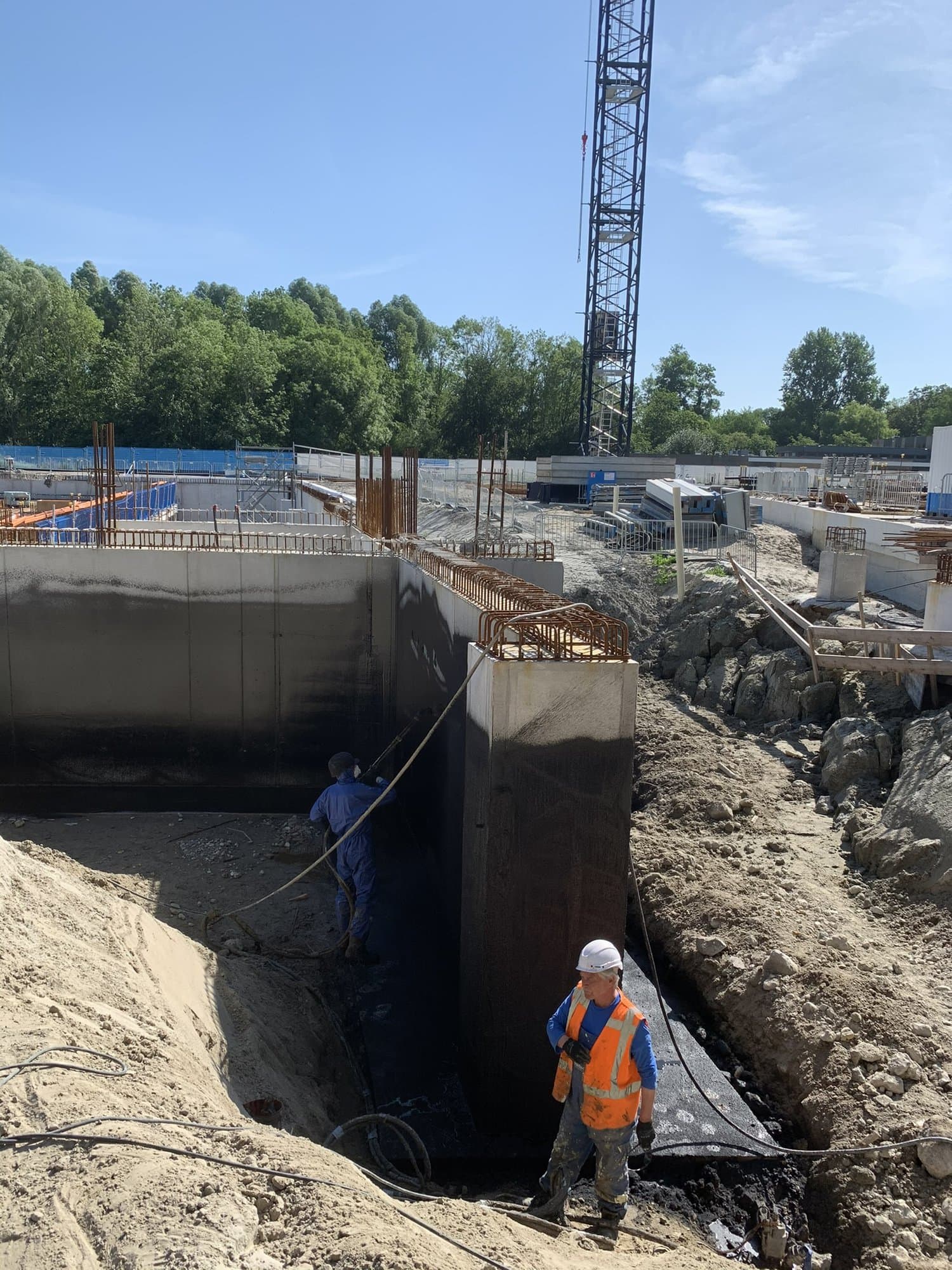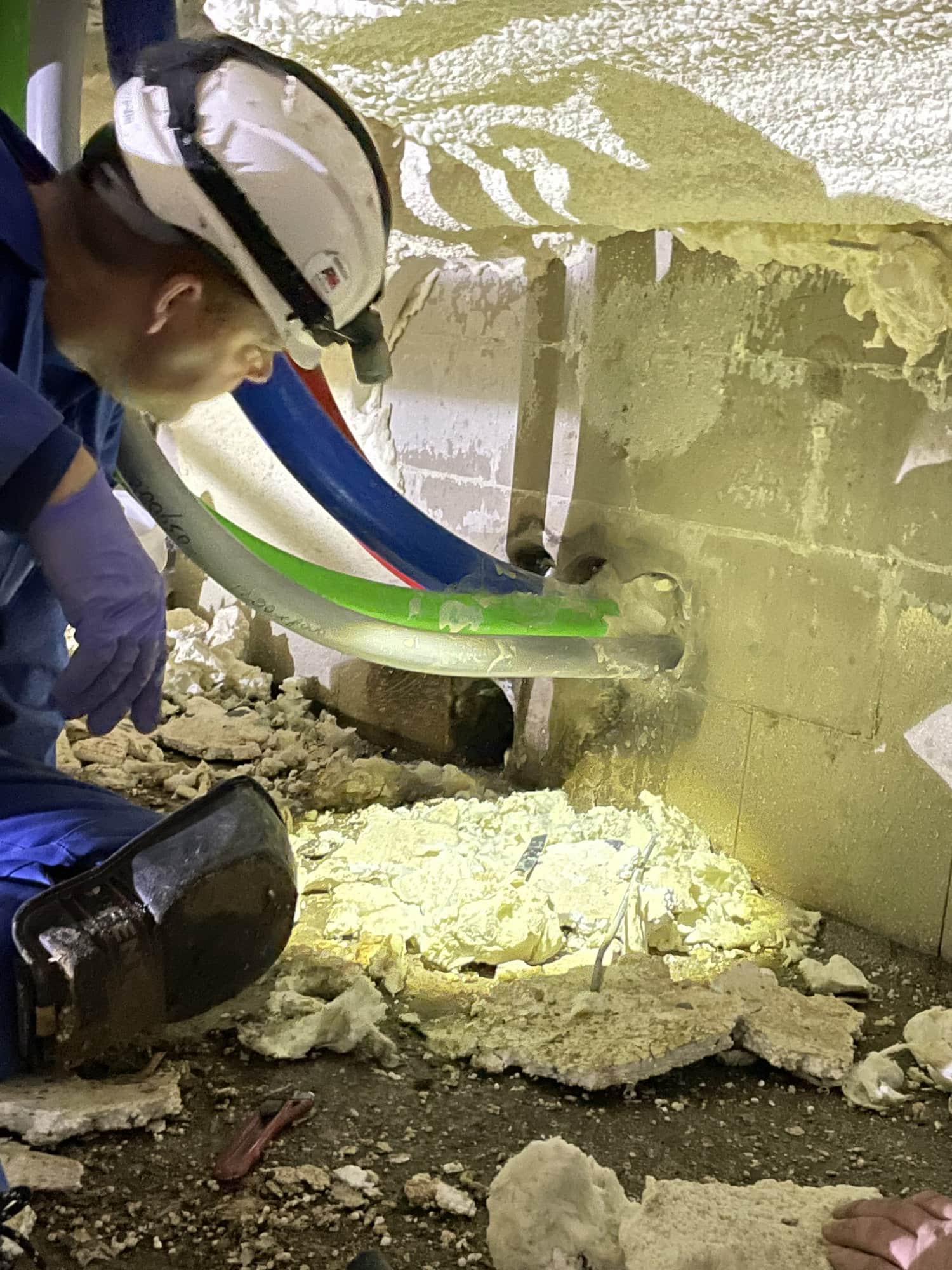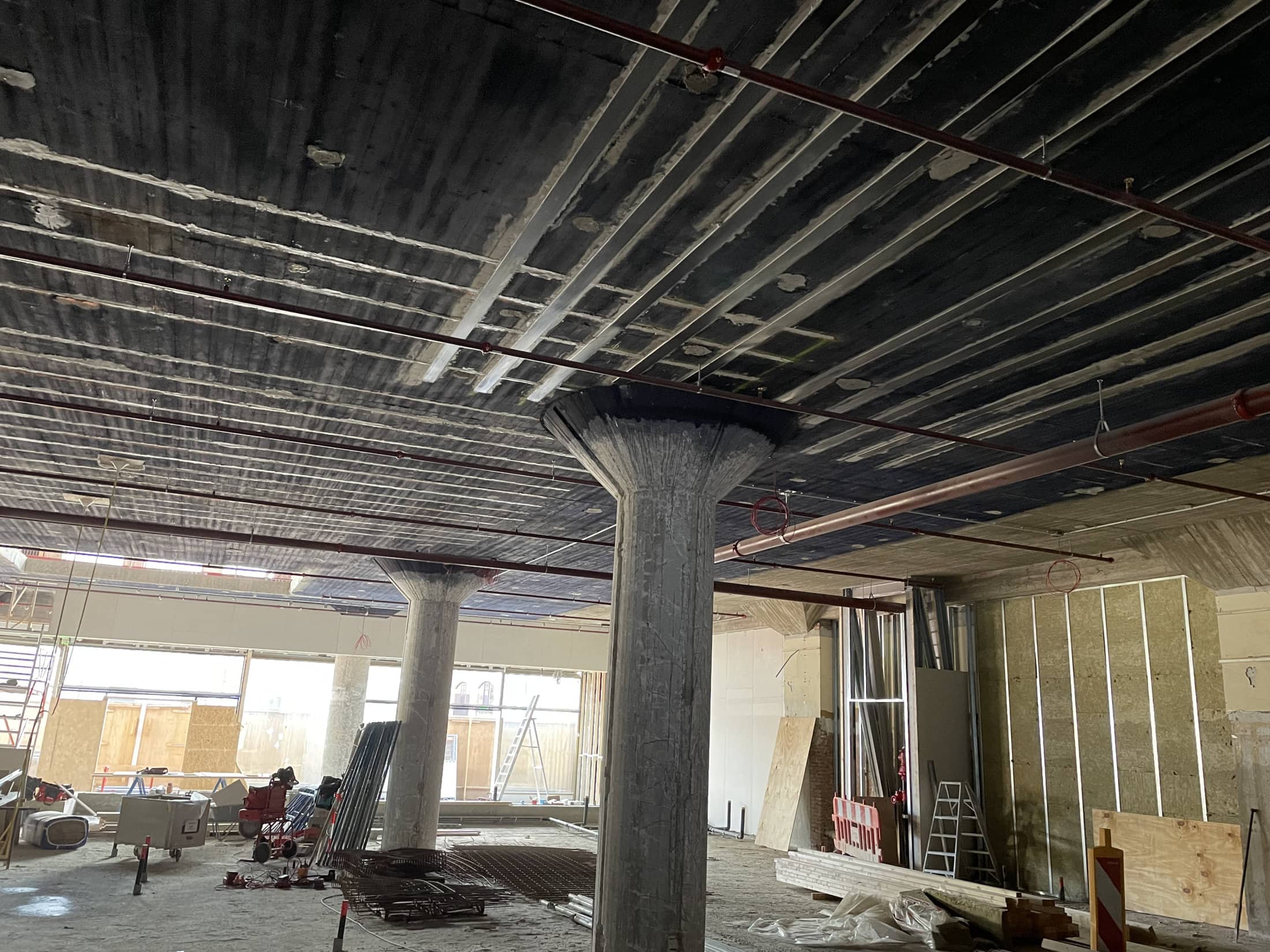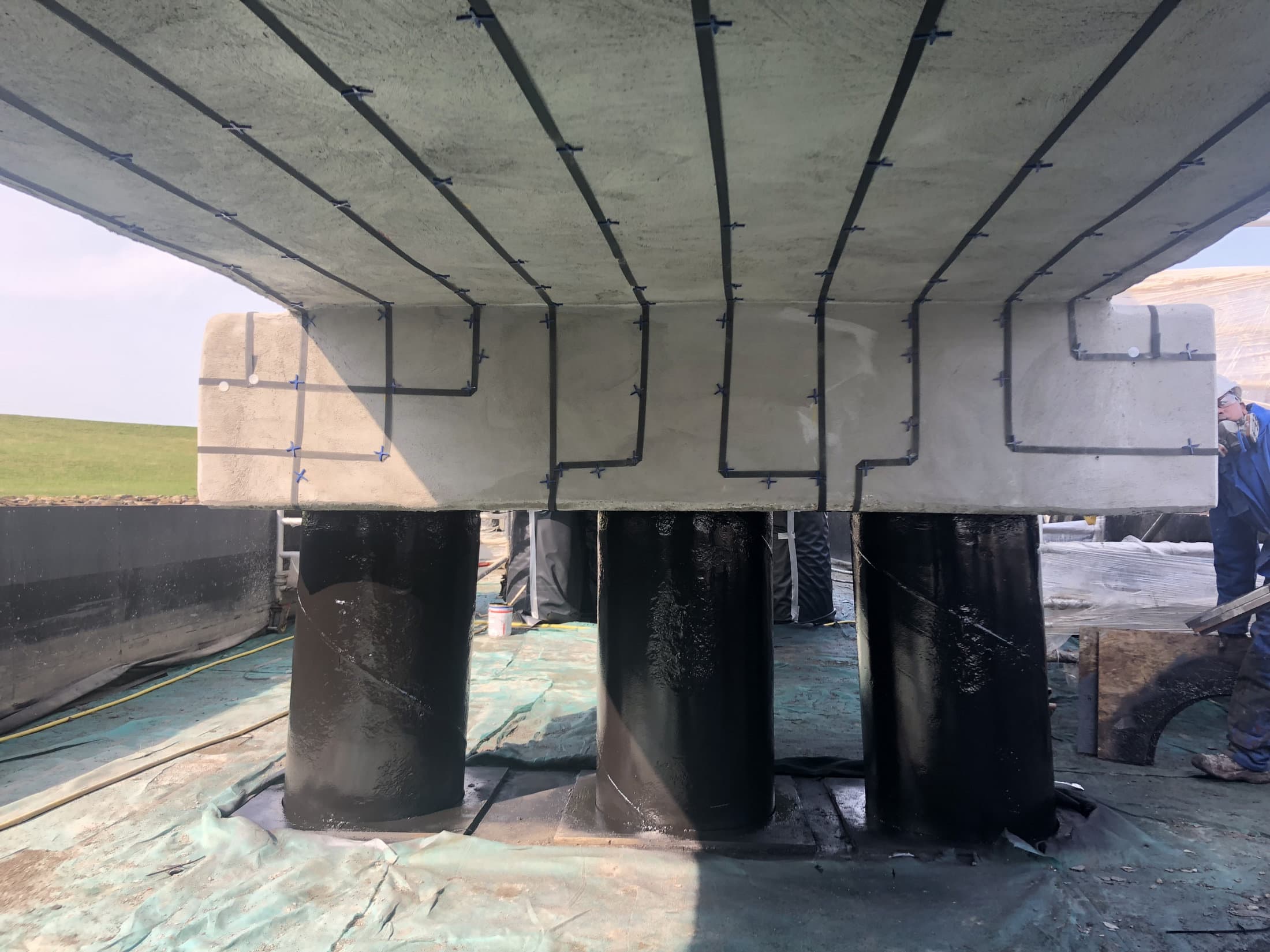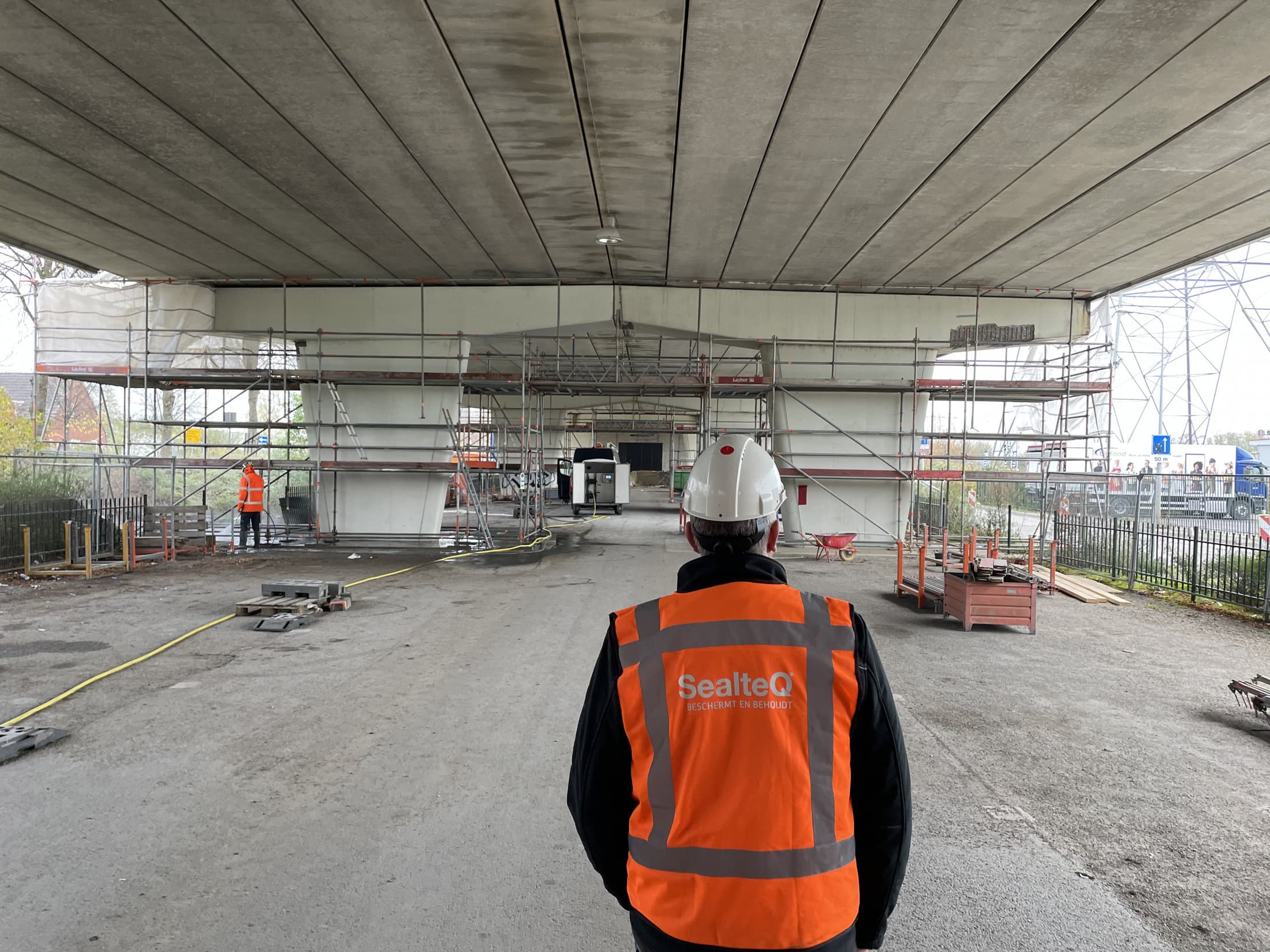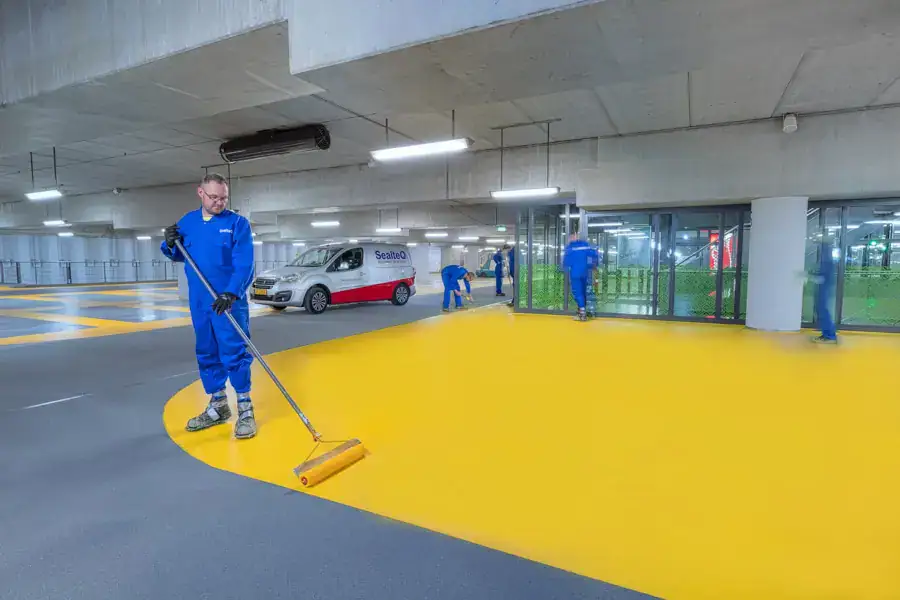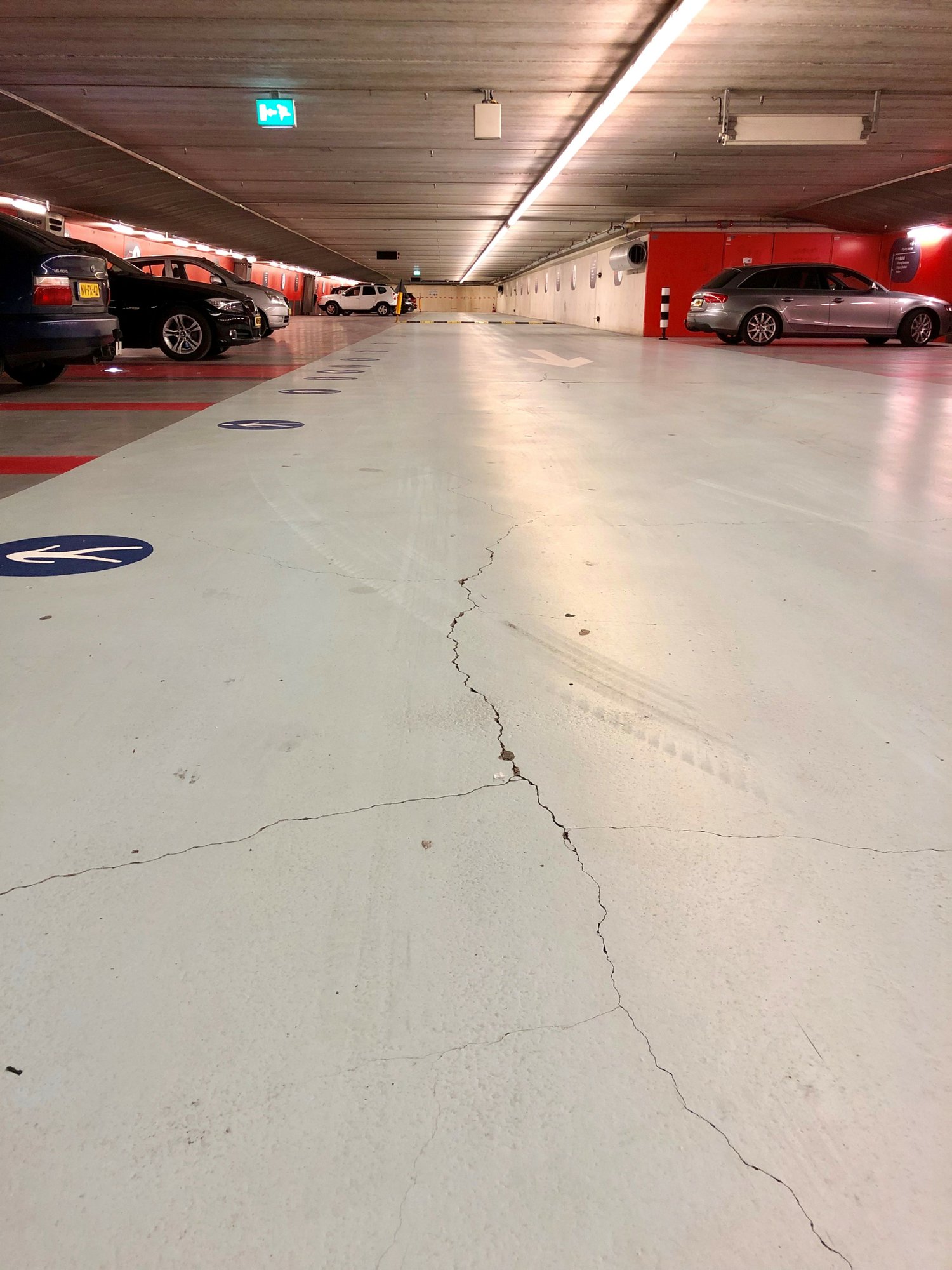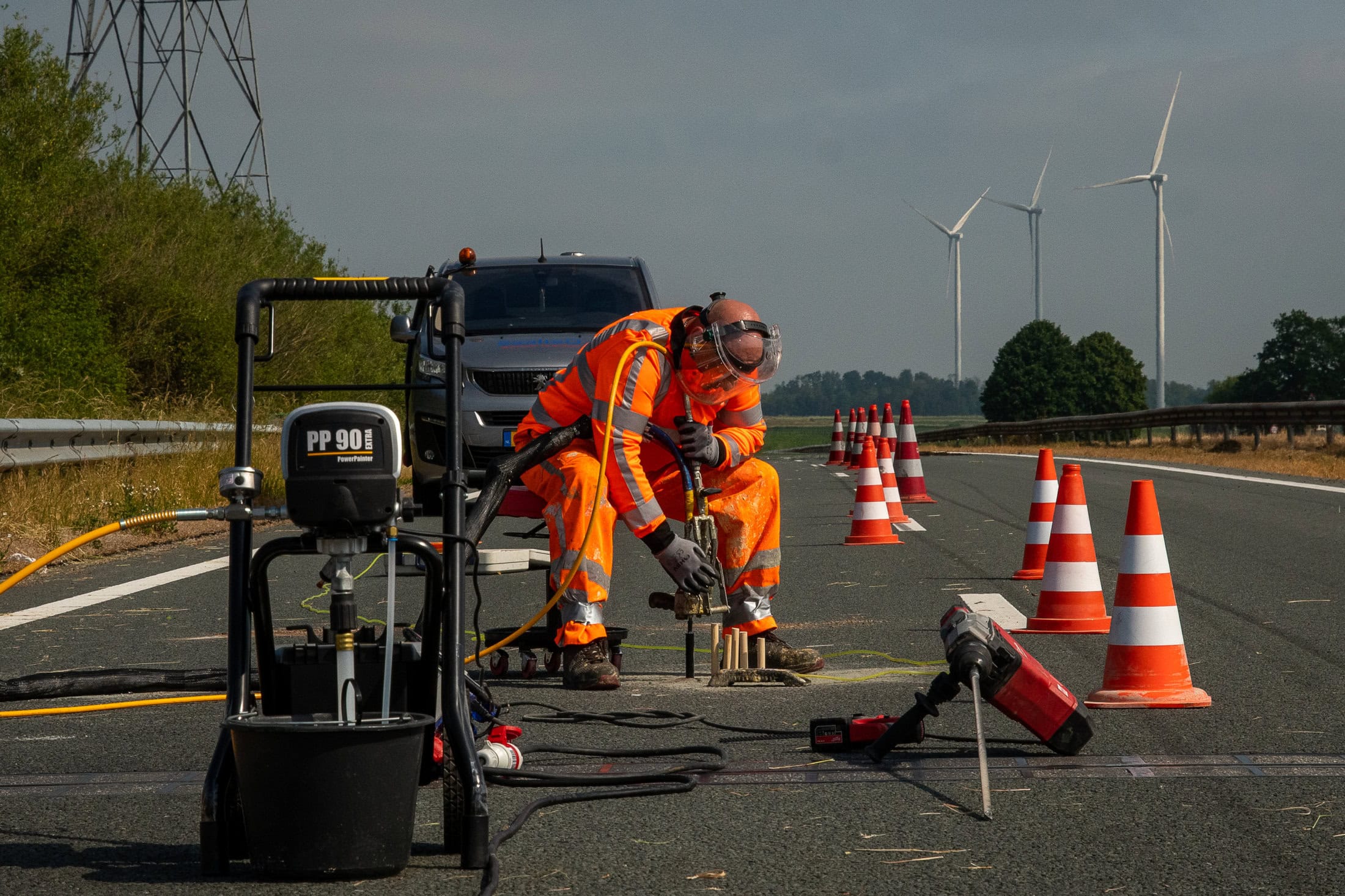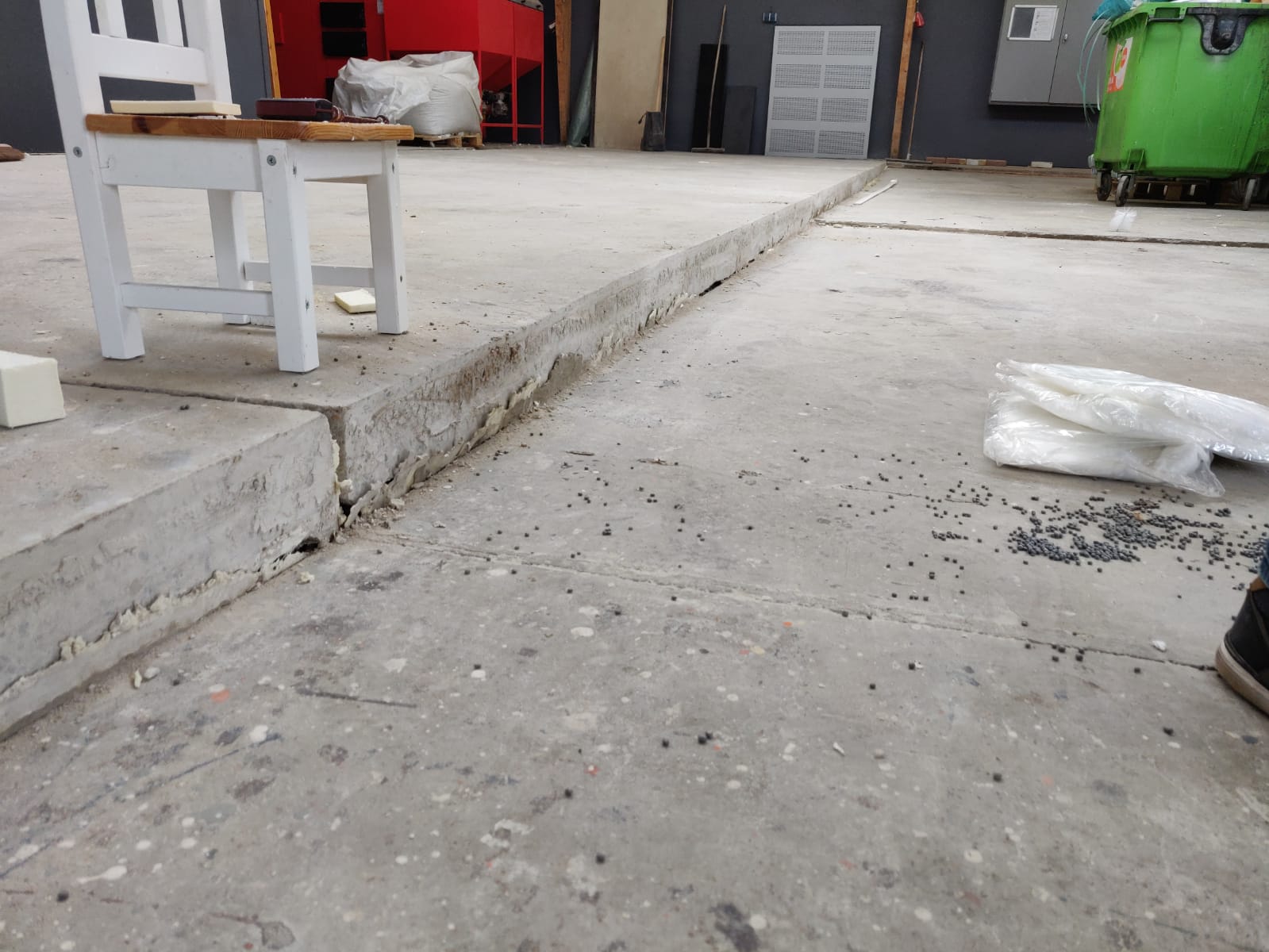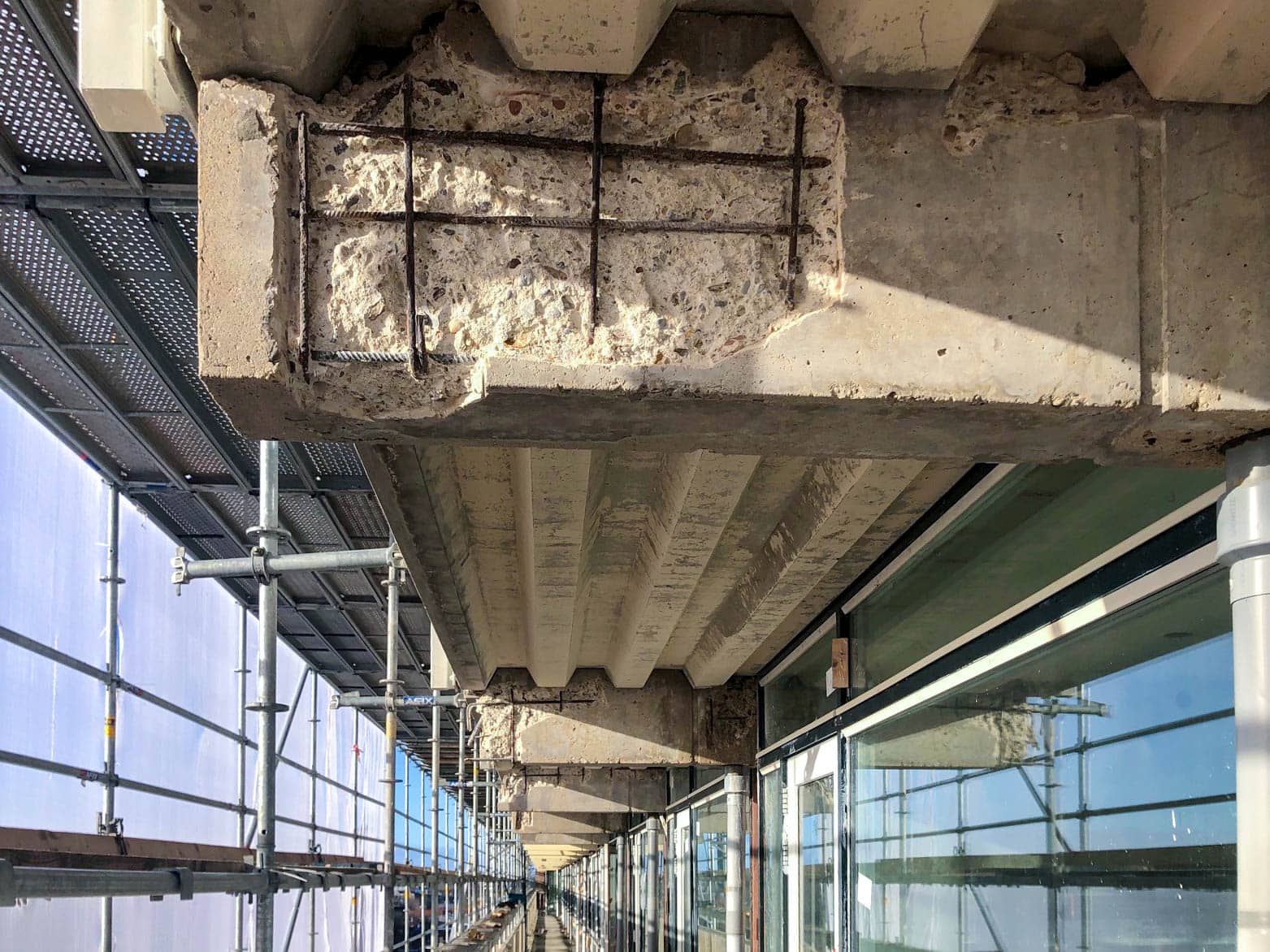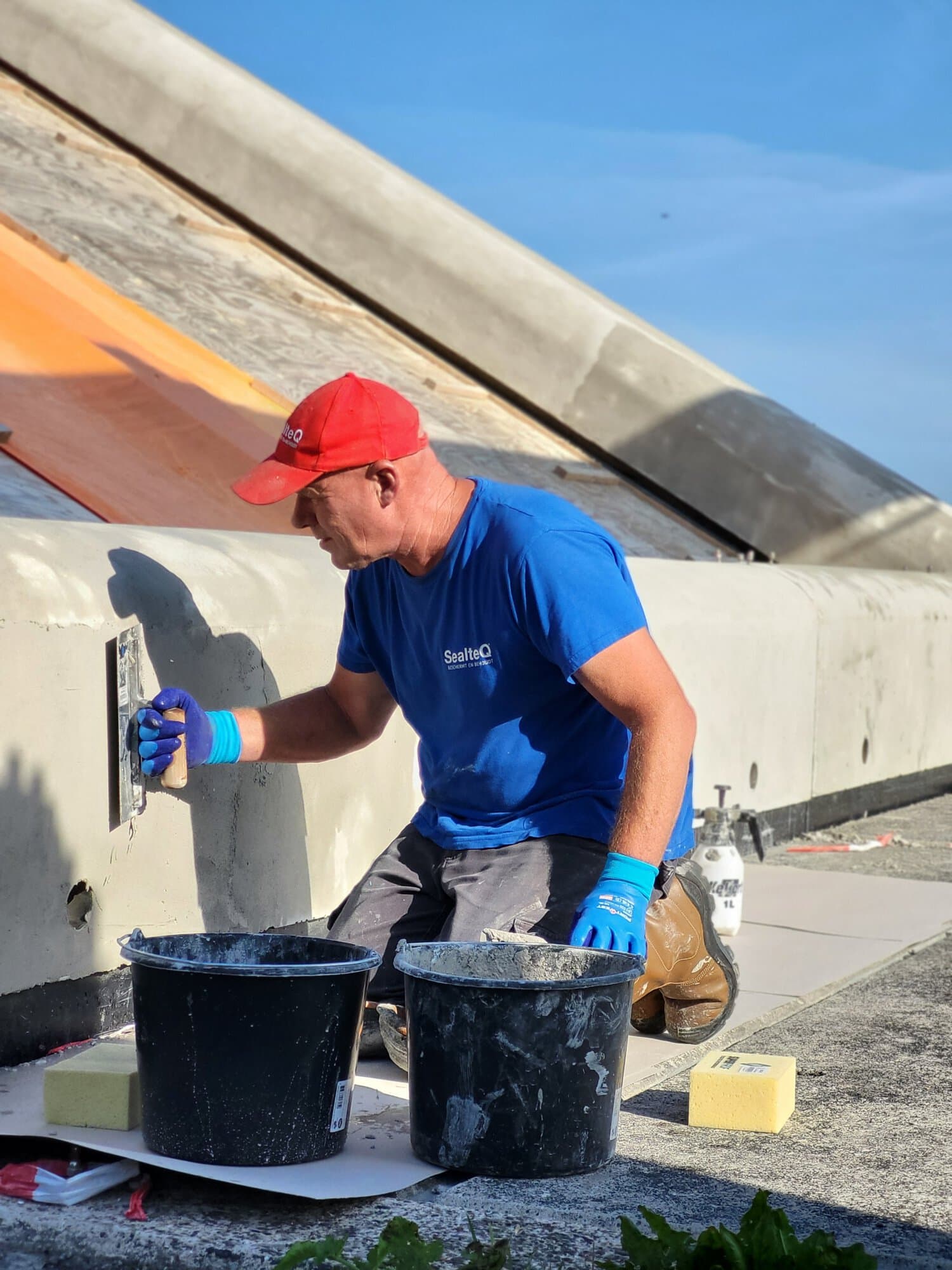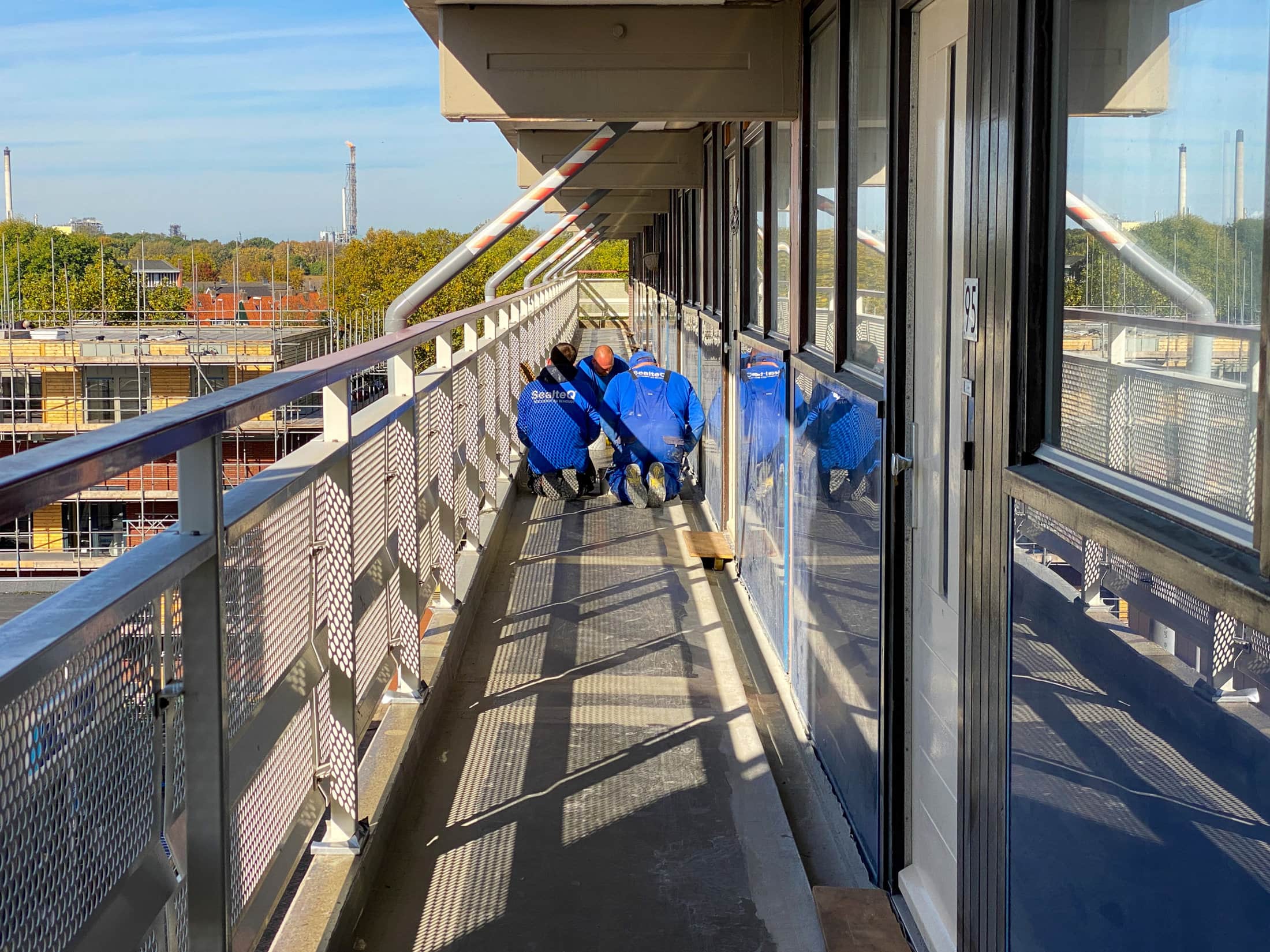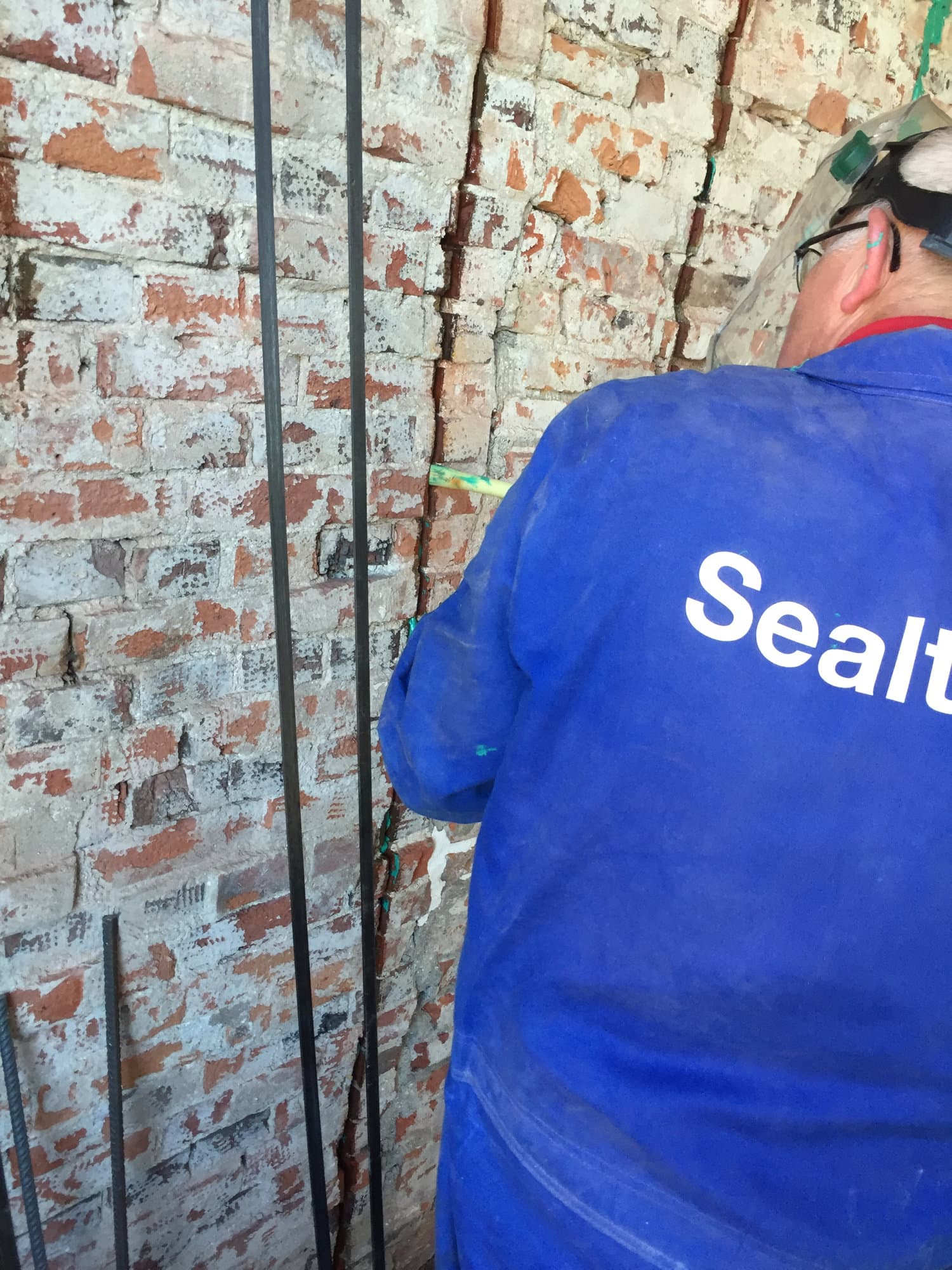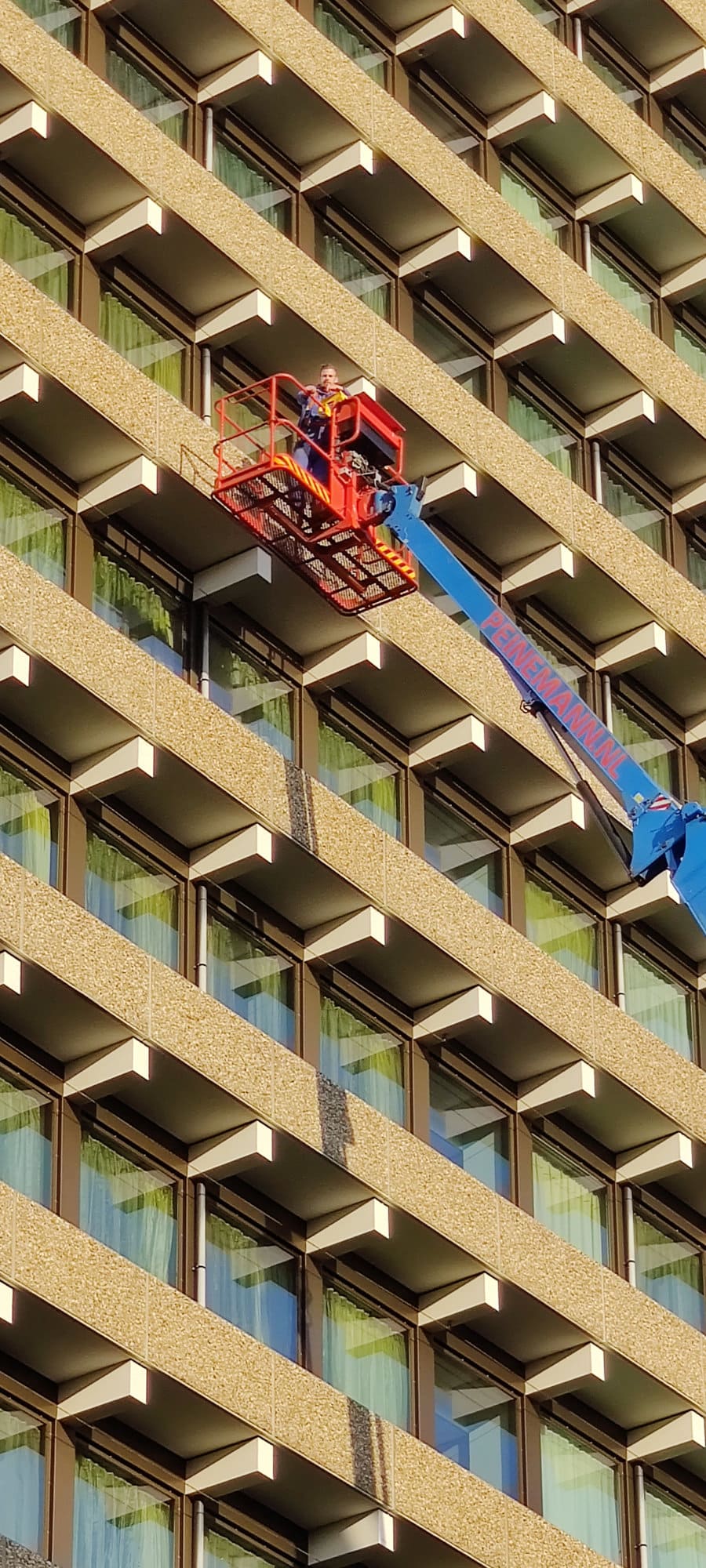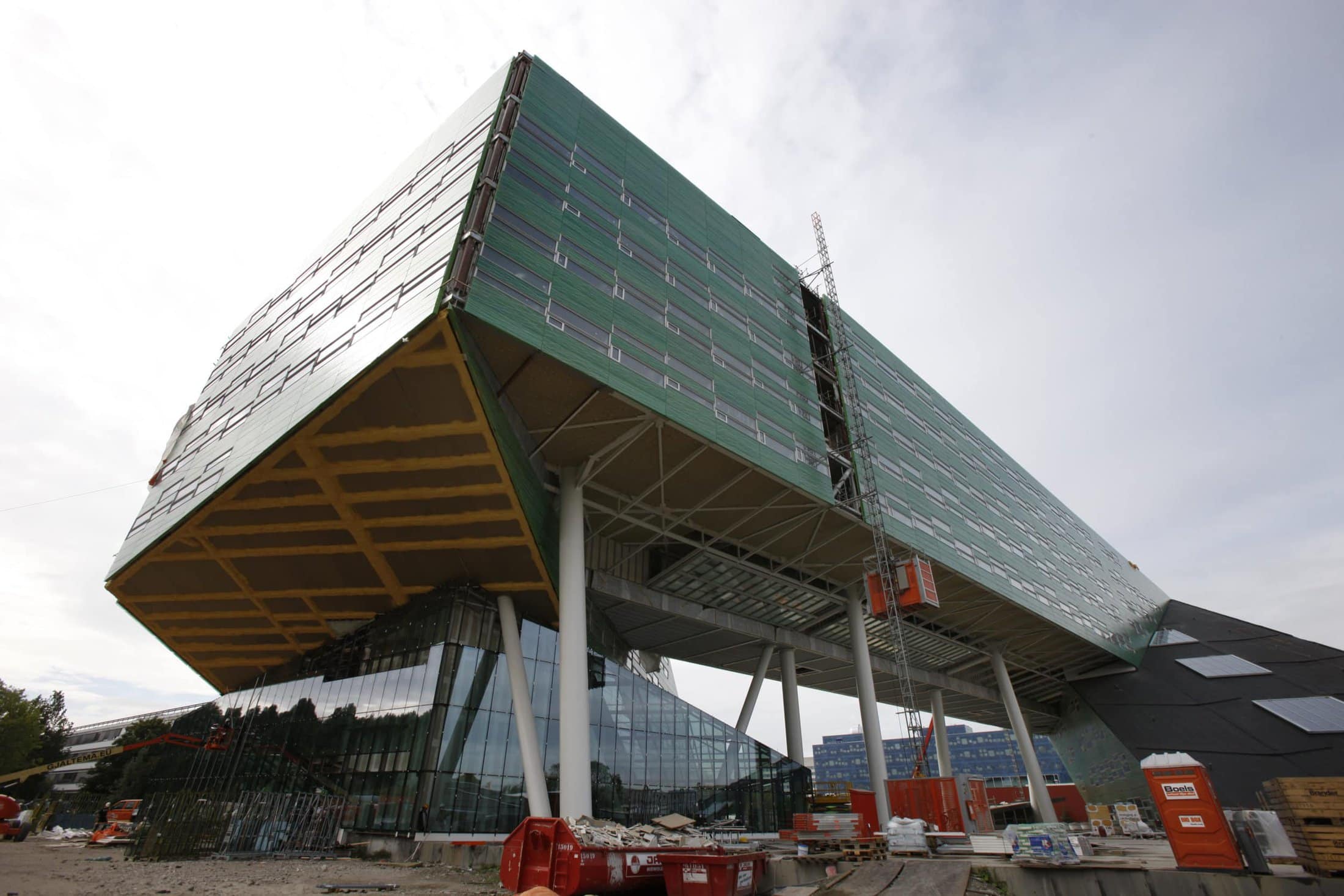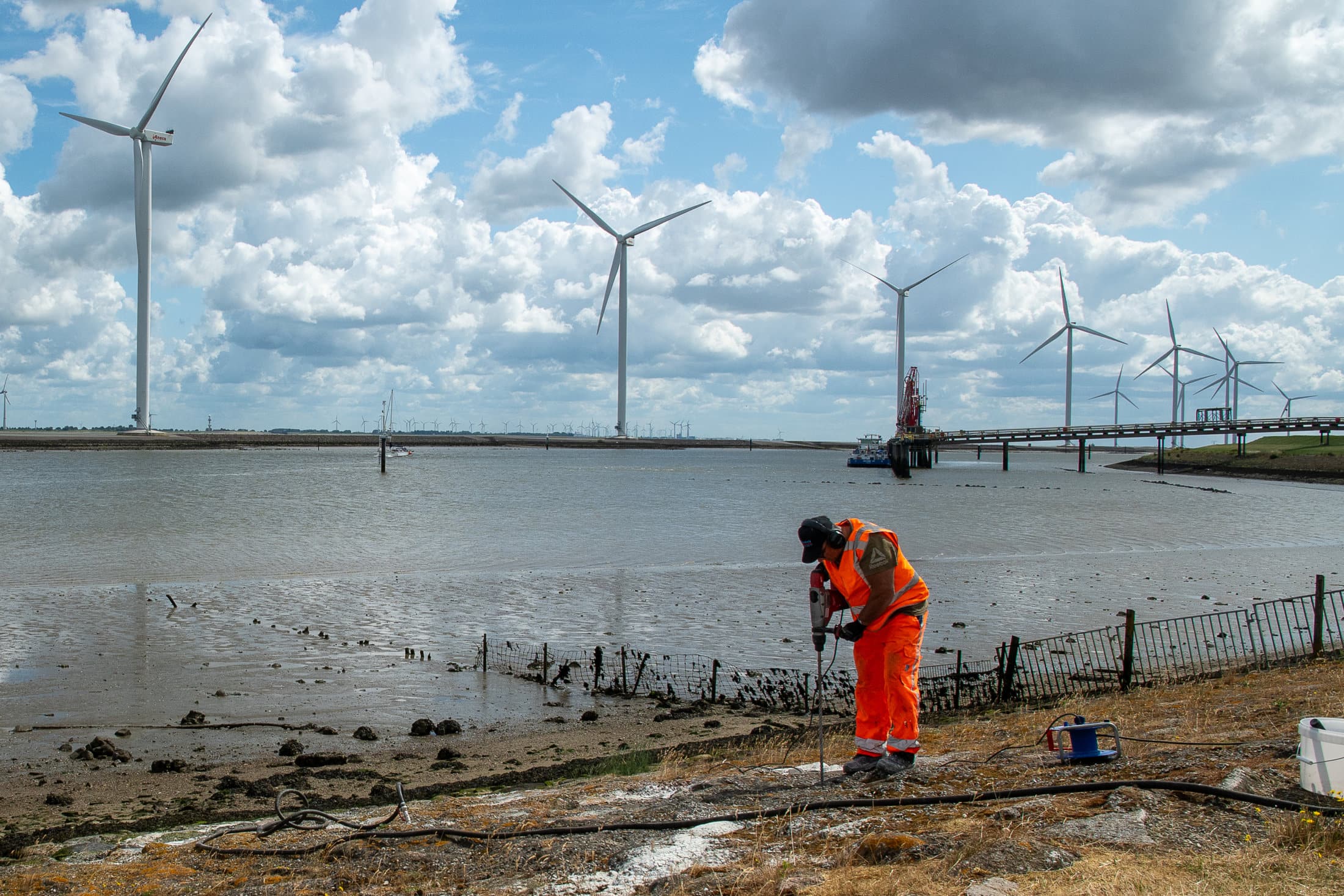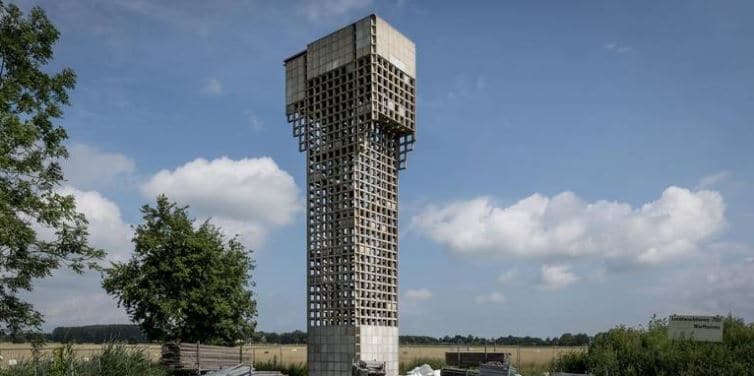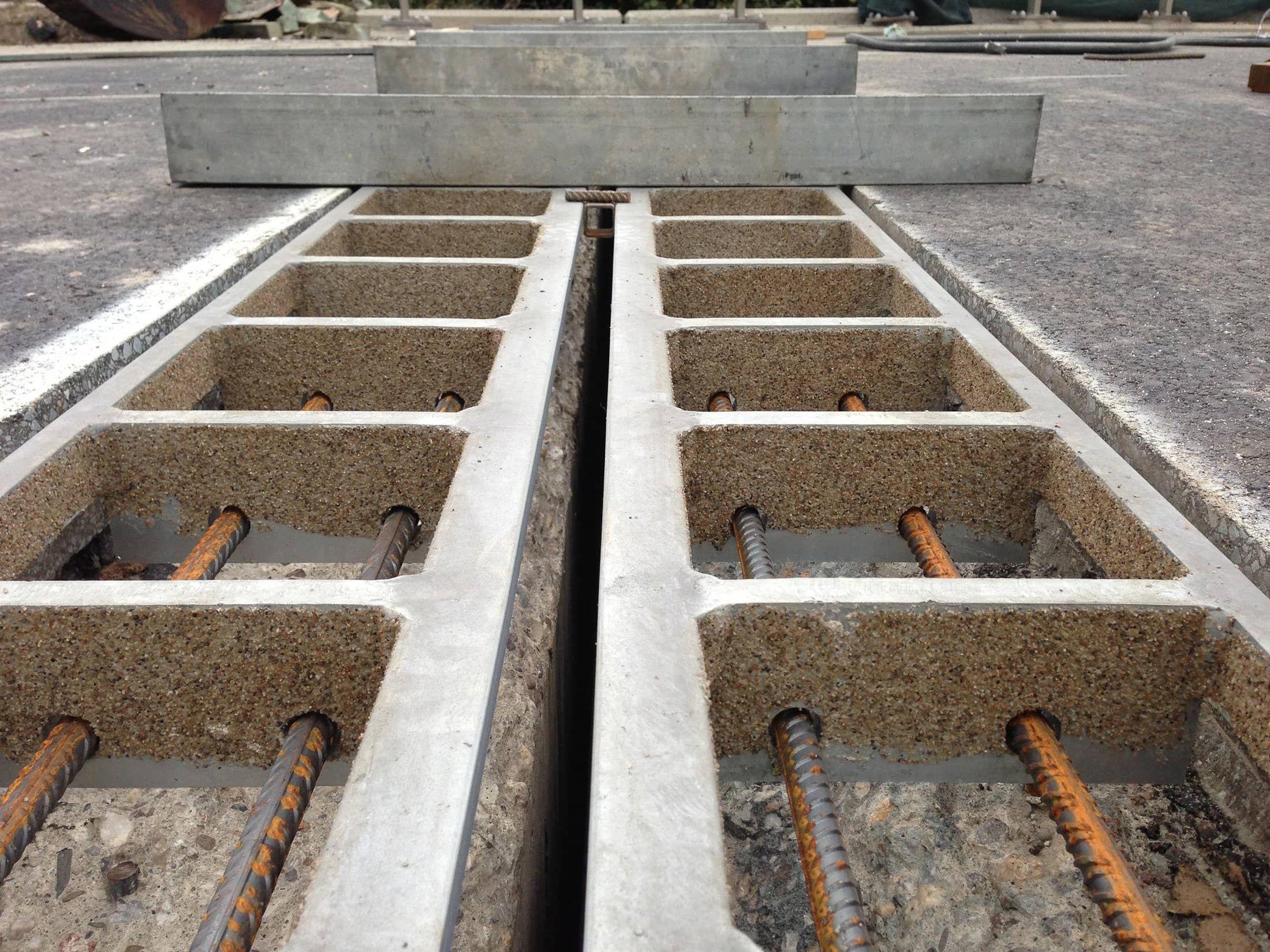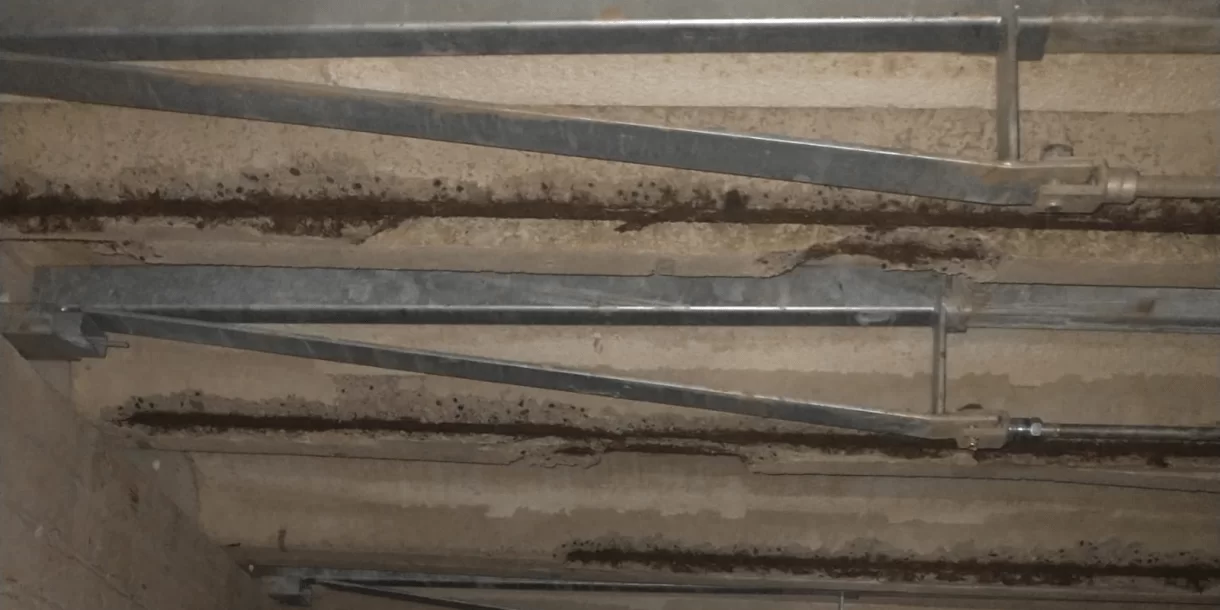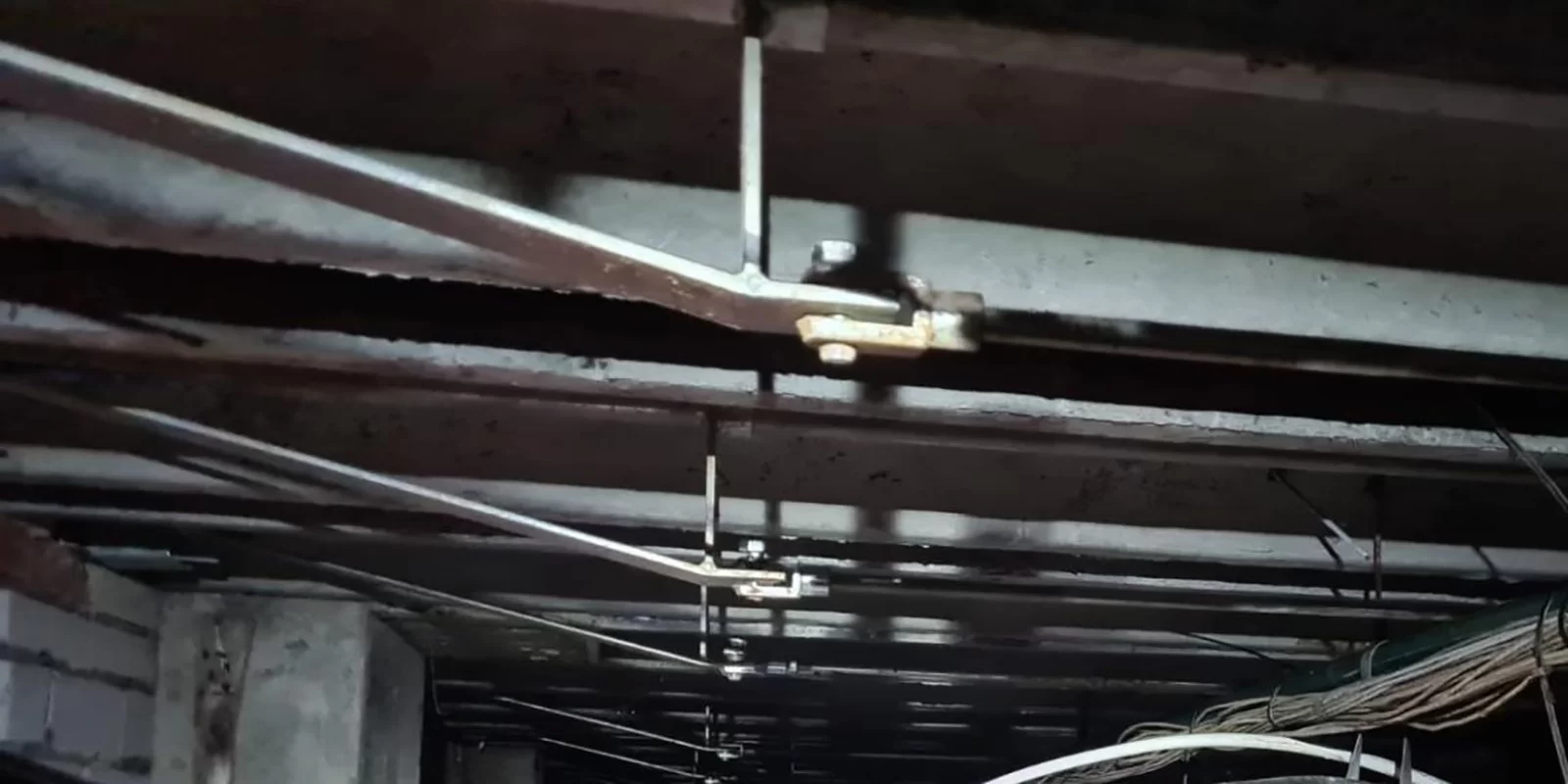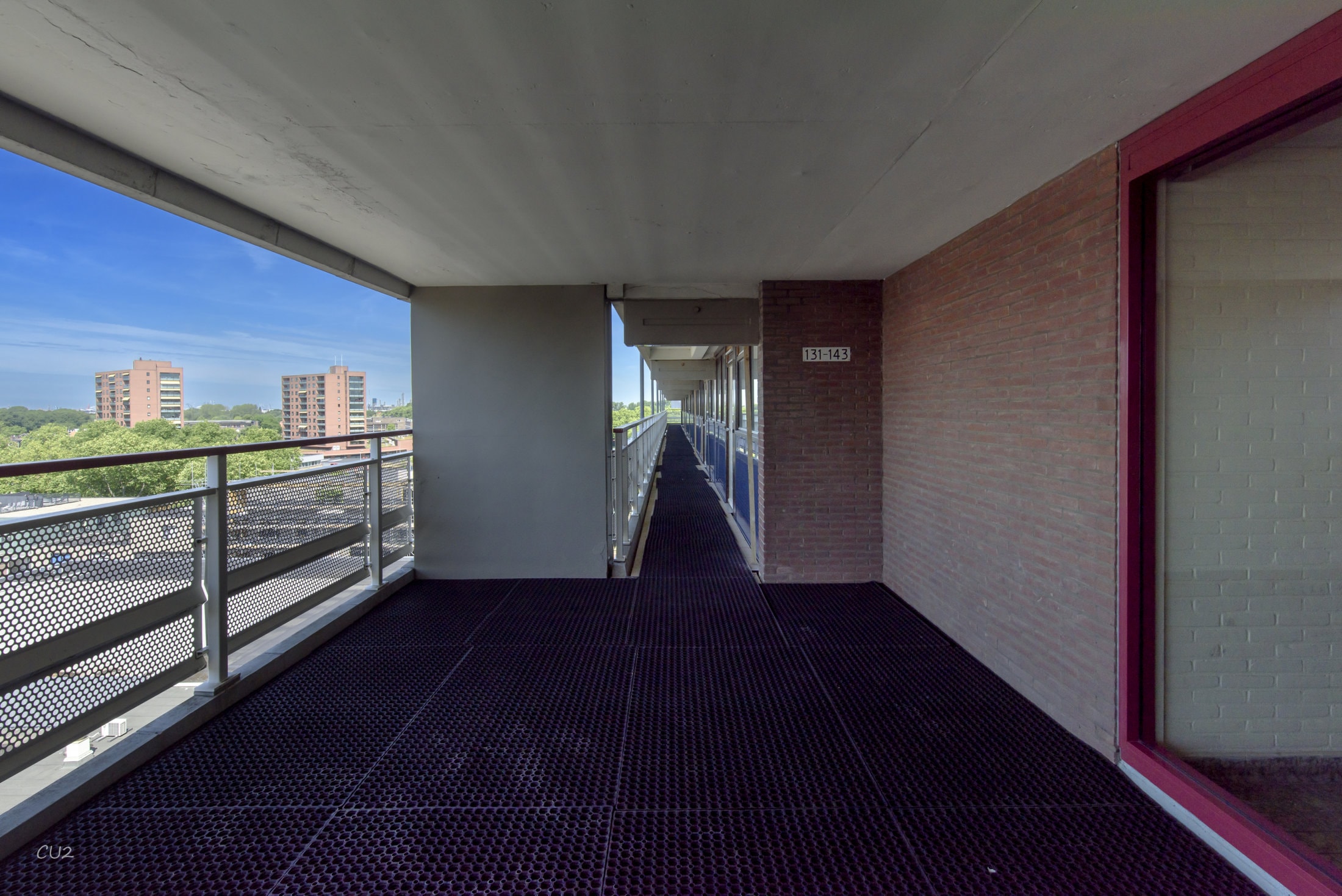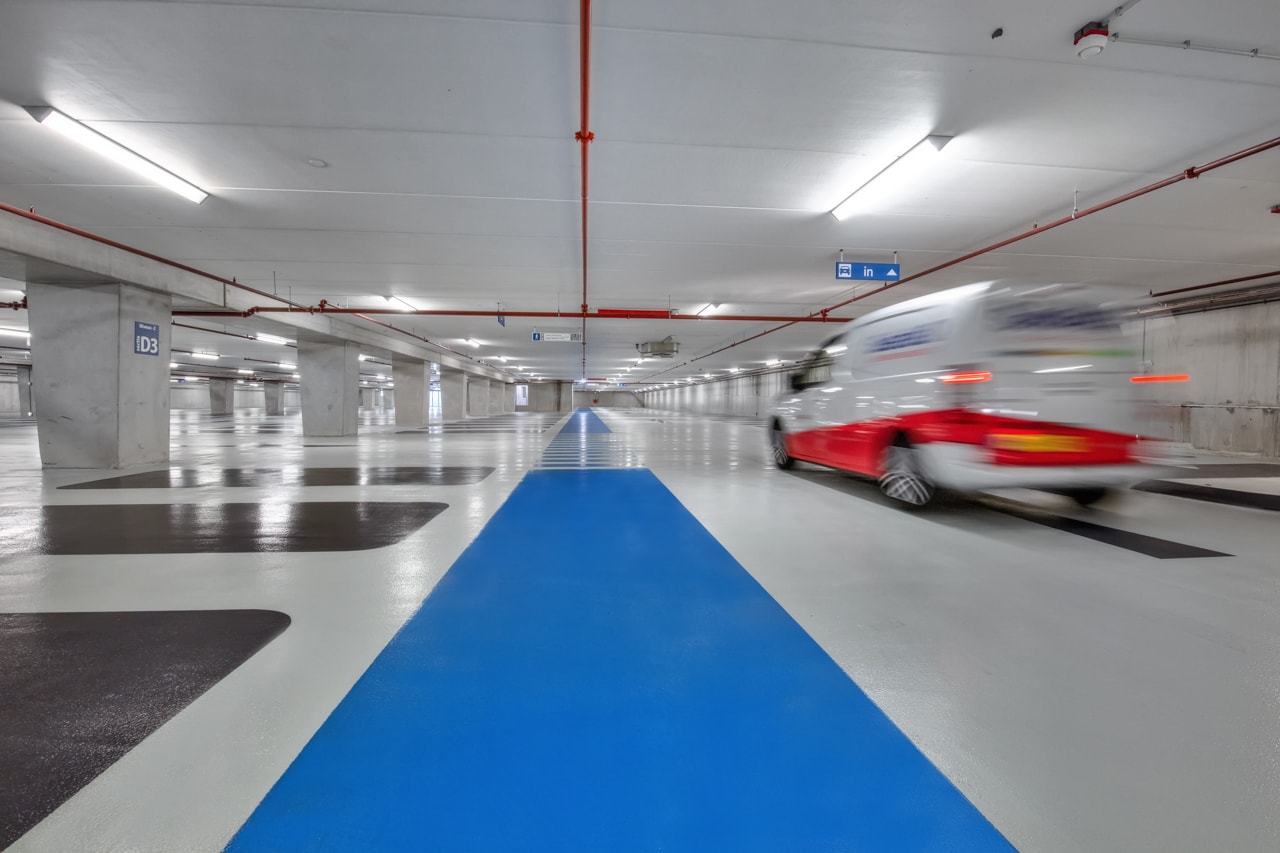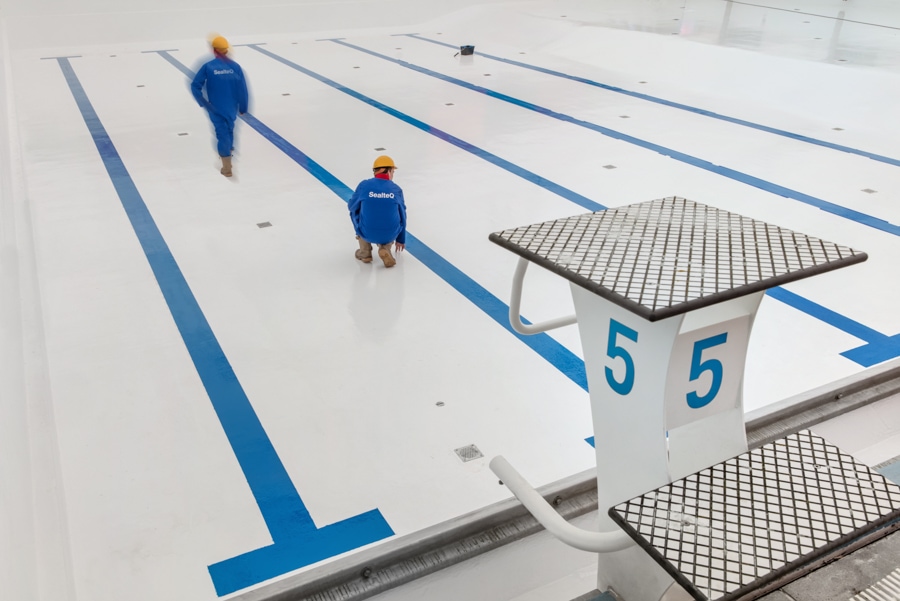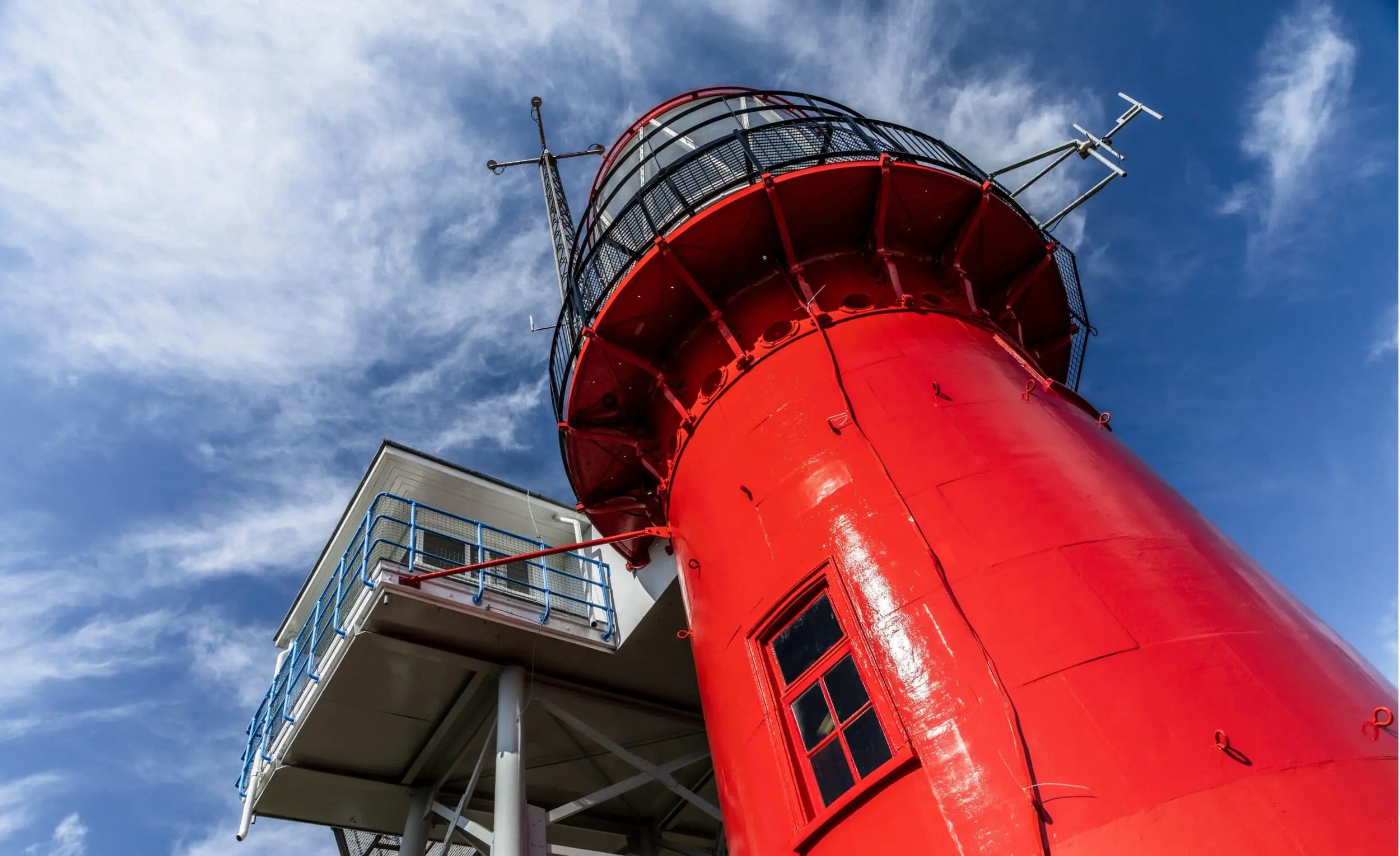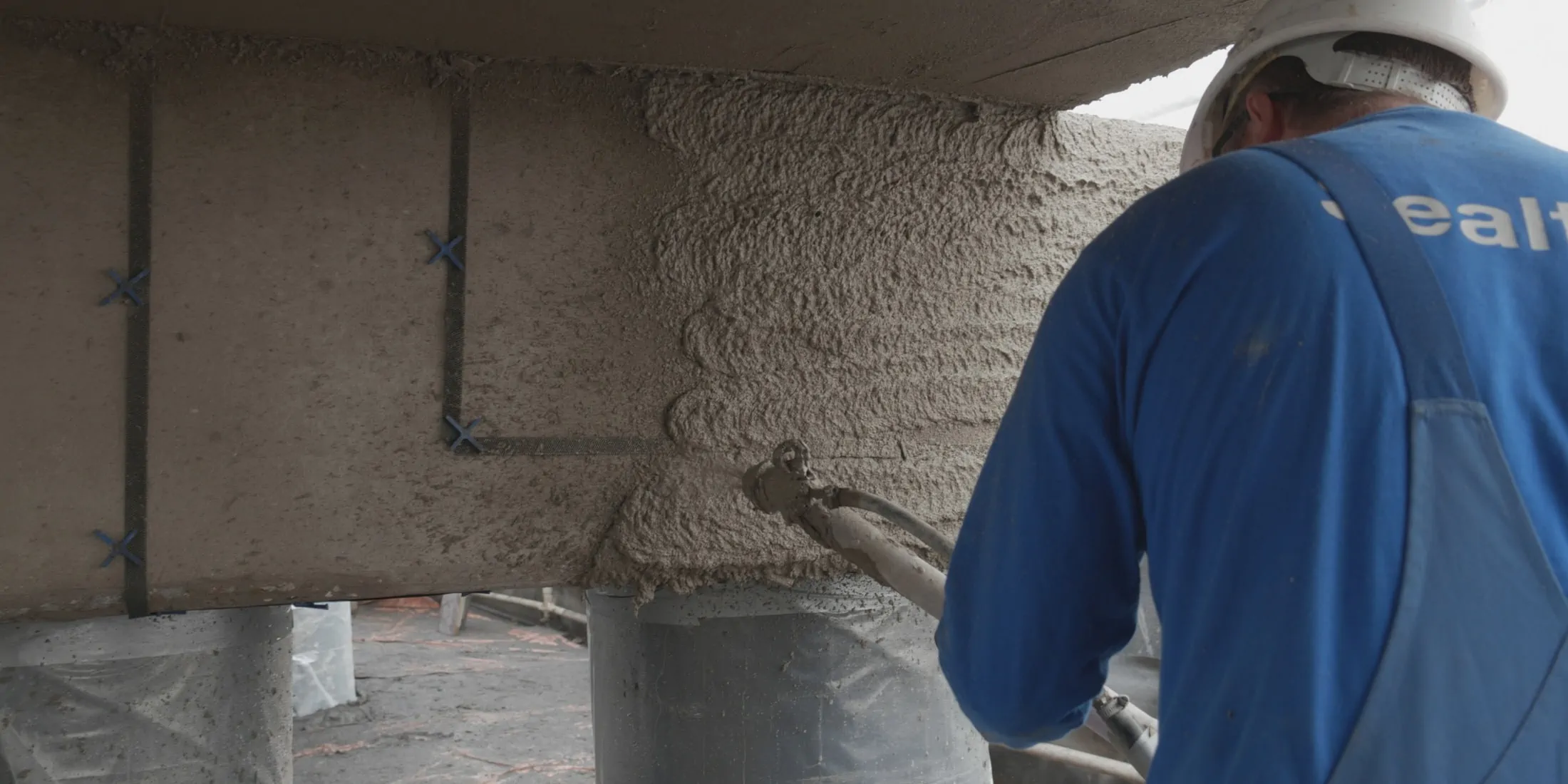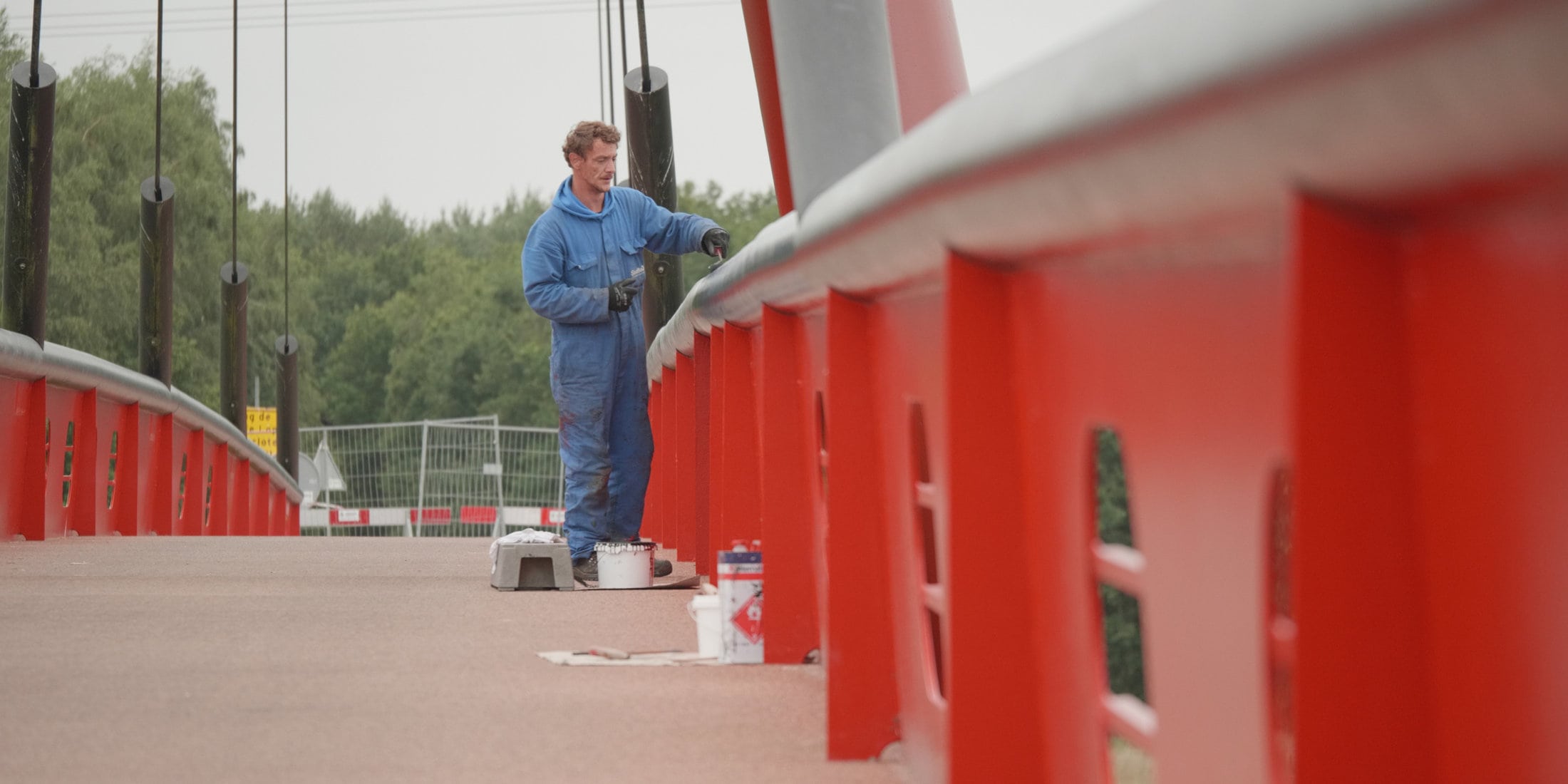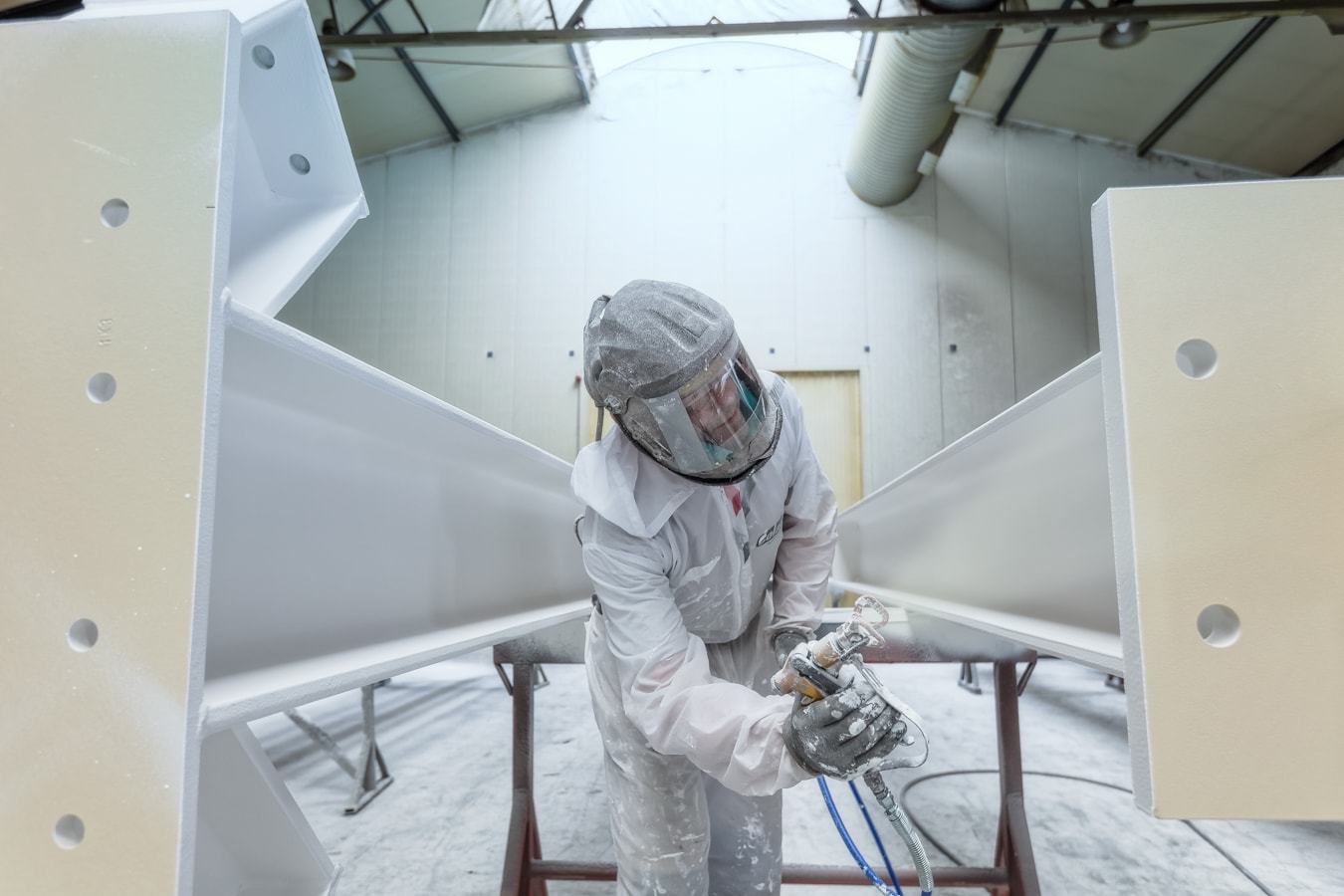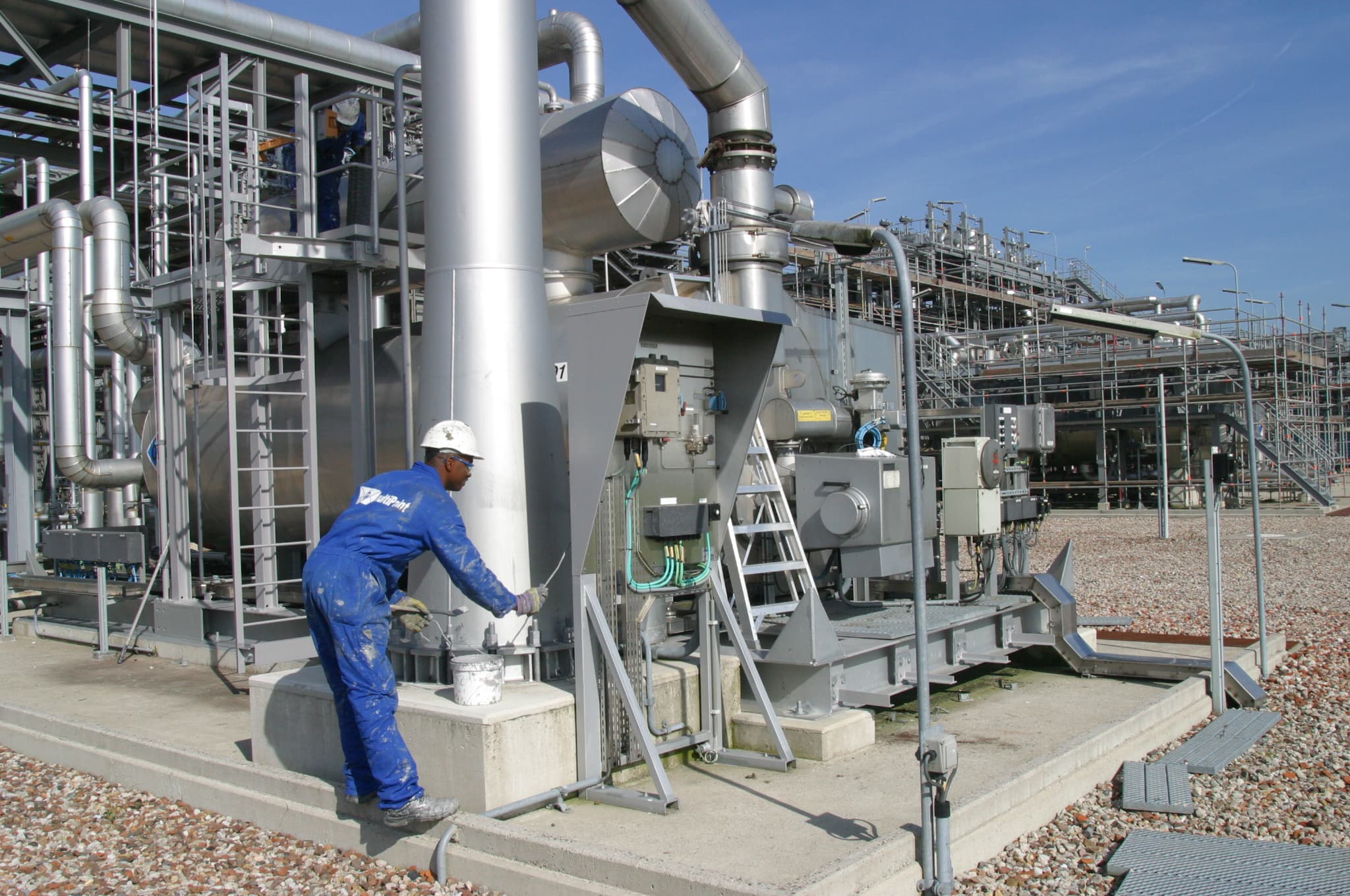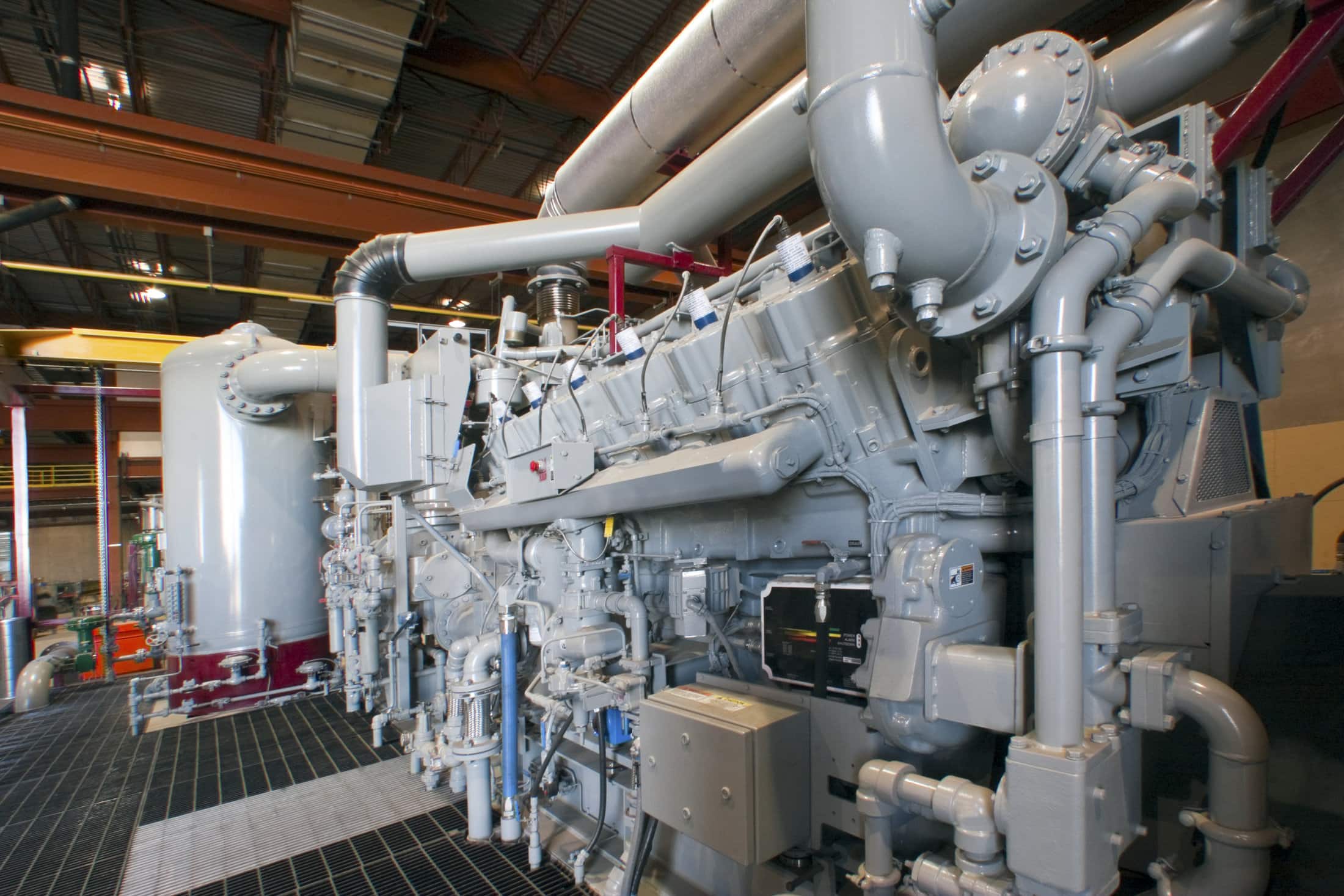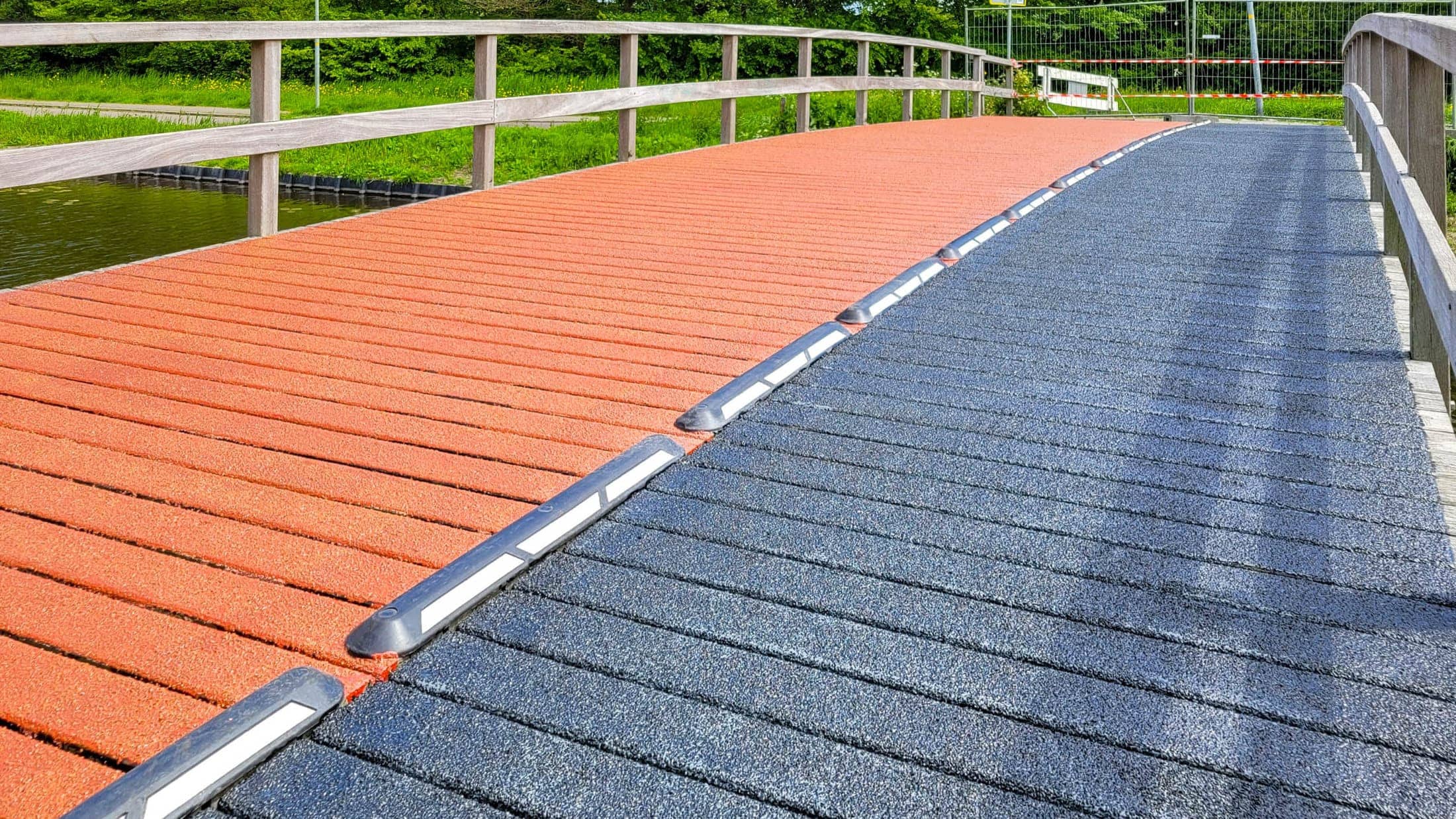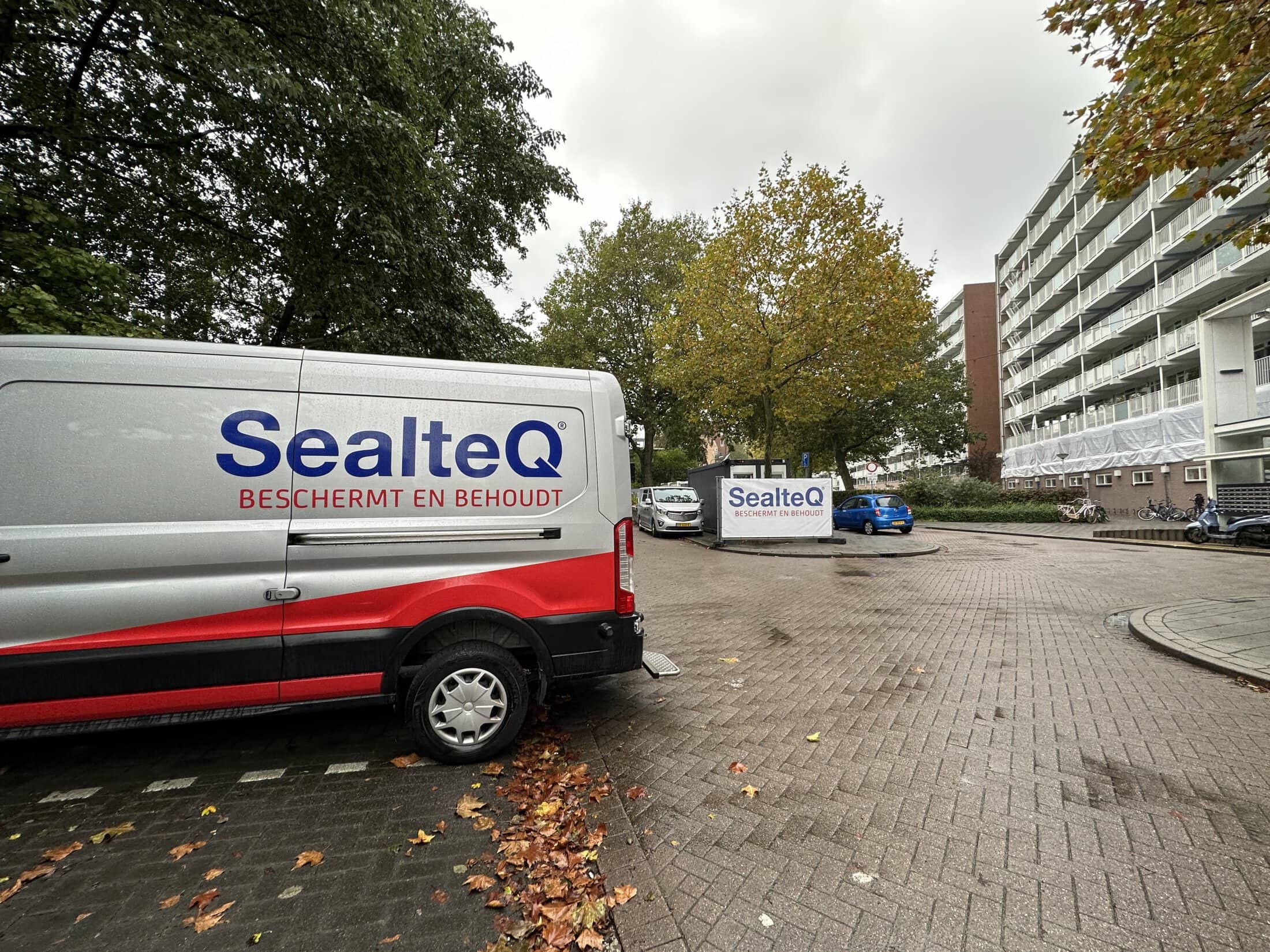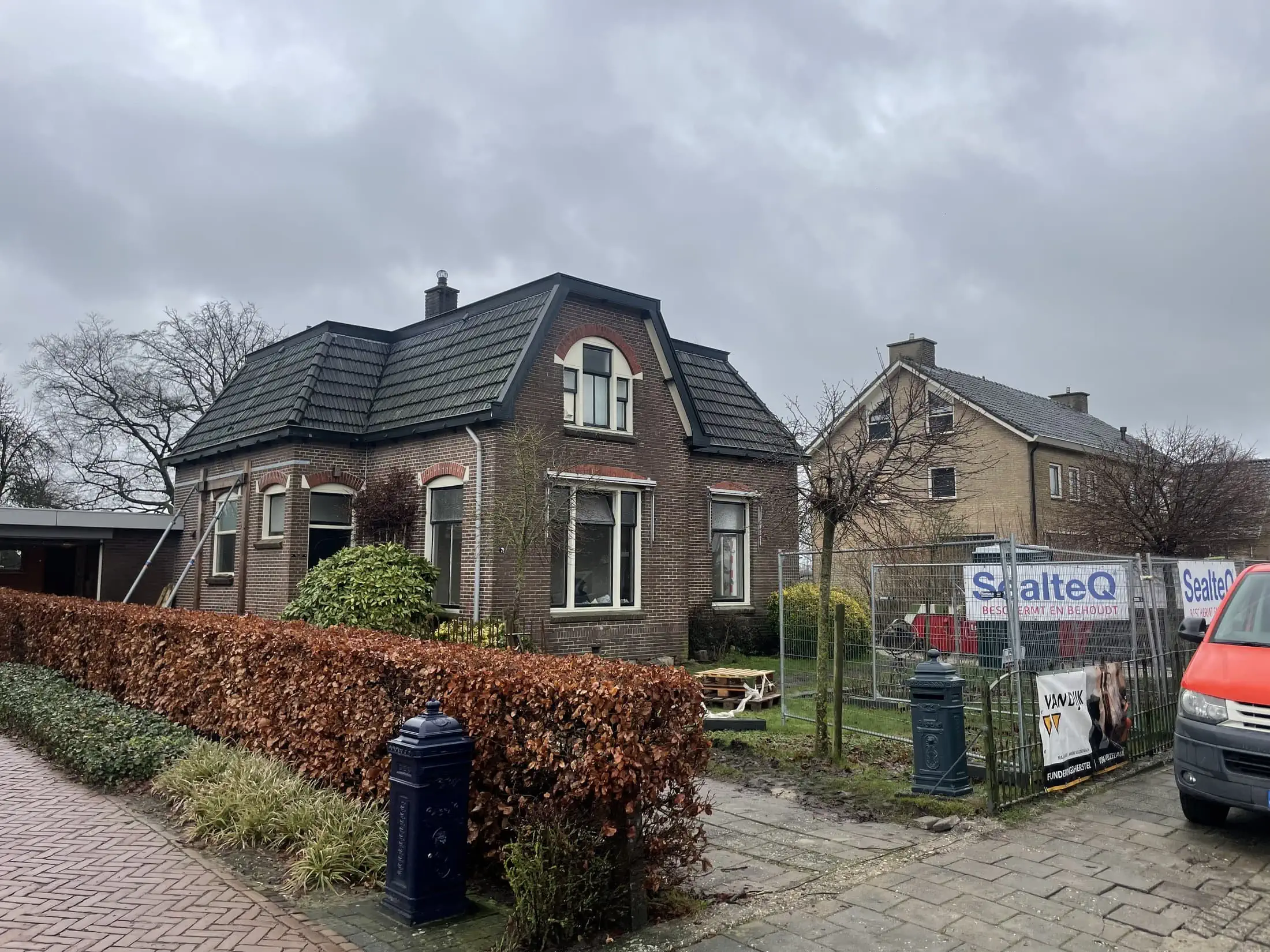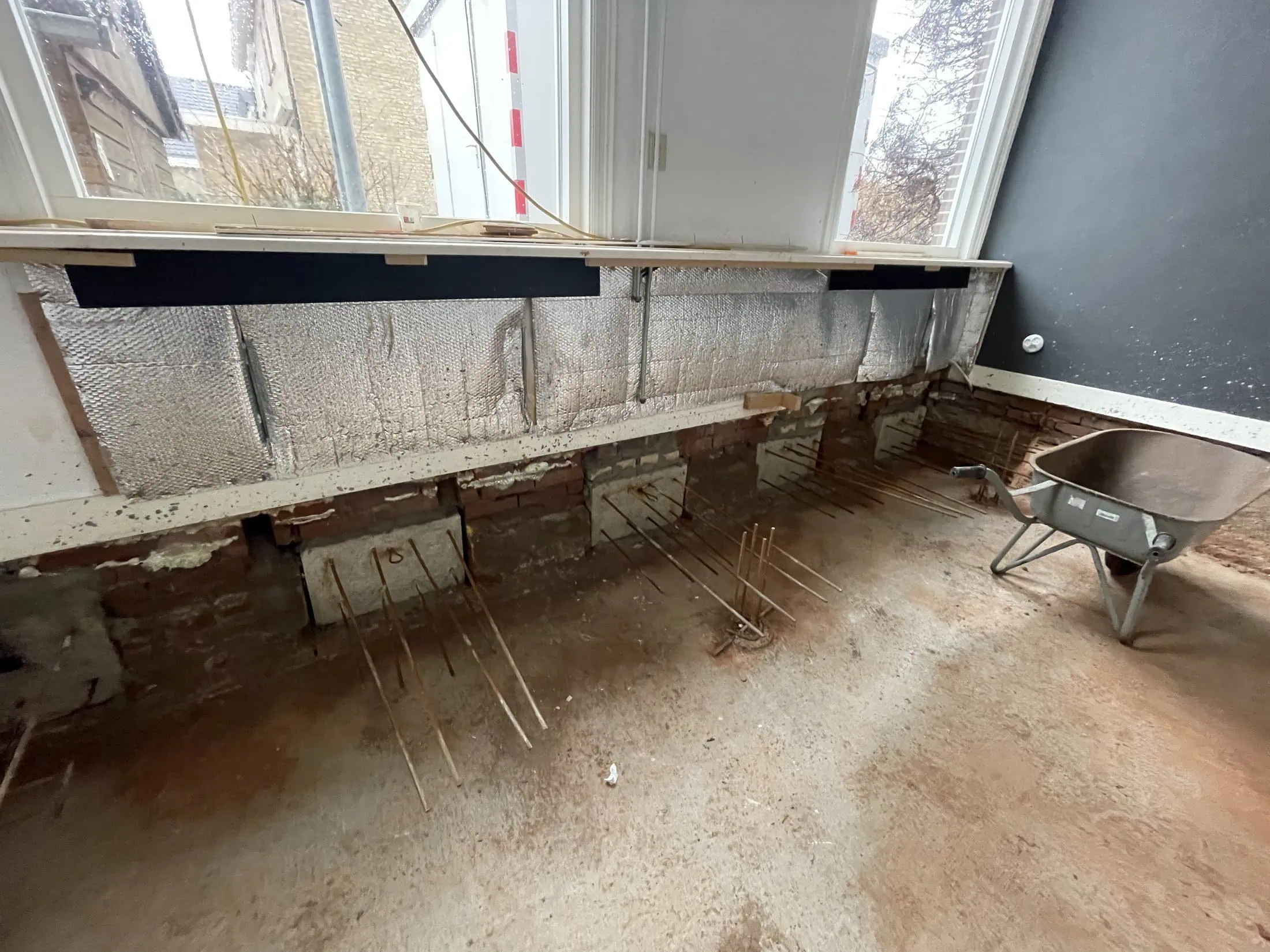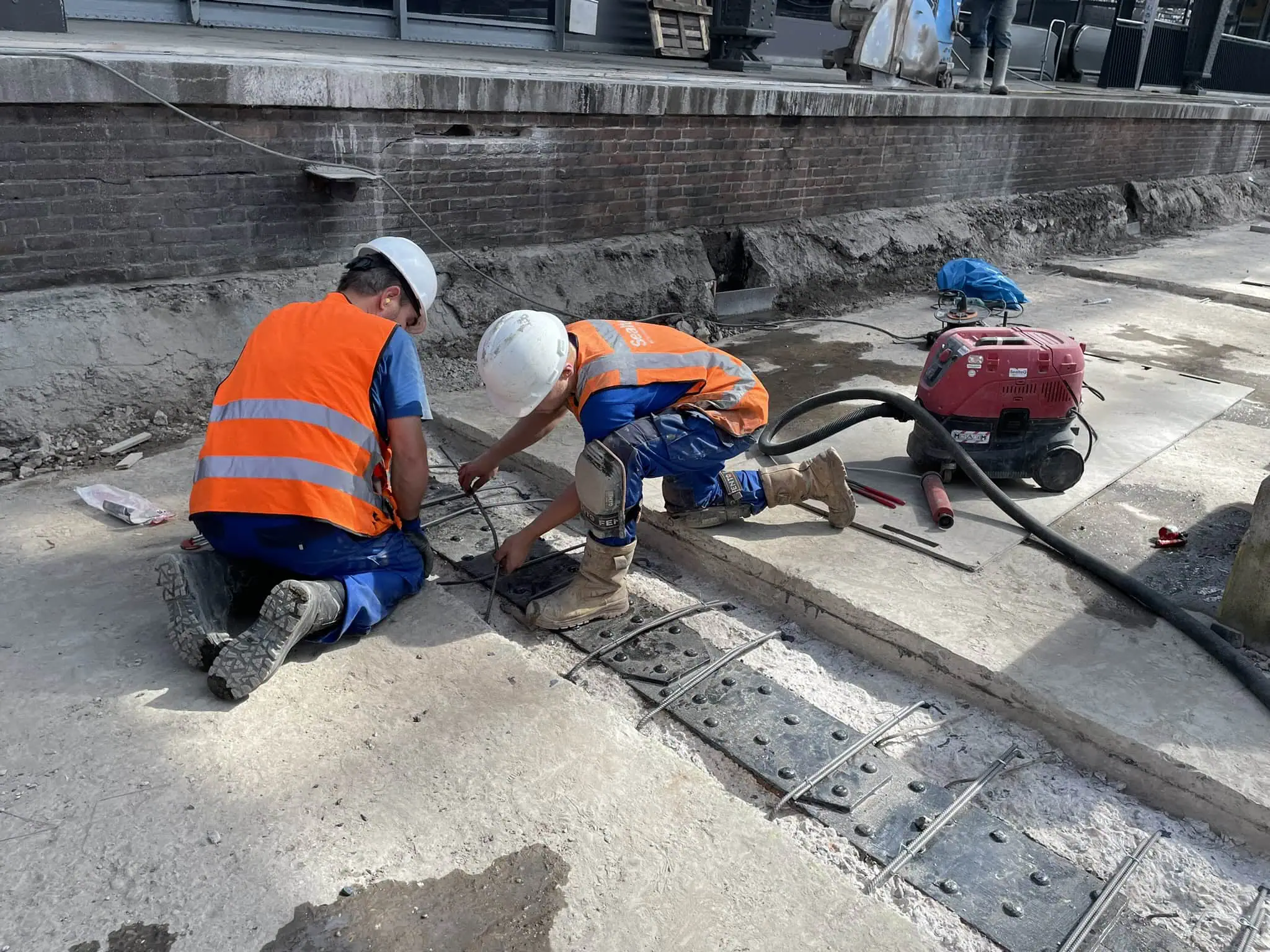How Do You Know if You Have Foundation Problems?
There are several symptoms that indicate foundation problems. Cracks in walls, a settling floor, or sticking windows/doors often point to issues with the foundation. Damp spots or mold in the basement also indicate a foundation that lets in moisture and may be failing.
Where are Foundation Problems most Common?
Foundation problems are most common in the peat and clay regions of the Netherlands, especially in the west and north. These areas have unstable soils prone to subsidence. Homes there are therefore at significantly higher risk of foundation damage than on stable sandy soils elsewhere.
What if your House’S Foundation is not Sound?
If your home’s foundation is not sound, the building’s stability may be compromised. You will see signs such as cracks in walls and floors, settlement, and sticking doors. Without foundation repair, the damage will worsen and can ultimately lead to severe structural damage or even collapse.
What are the Causes of Foundation Damage?
Foundation damage arises from a combination of factors. Often a changing subsoil plays a role: extreme drought or rain (climate change) causes clay and peat soils to shrink or swell. In addition, construction errors, overloading, and rotting timber piles (with low groundwater levels) can cause foundation problems.
Which Cracks Can Indicate Foundation Problems?
Cracks in structures can indicate foundation issues, especially cracks with unusual directions. Vertical, horizontal, or diagonal cracks in walls and facades may result from uneven settlement or movement in the foundation and can indicate that the foundation may not be stable.



